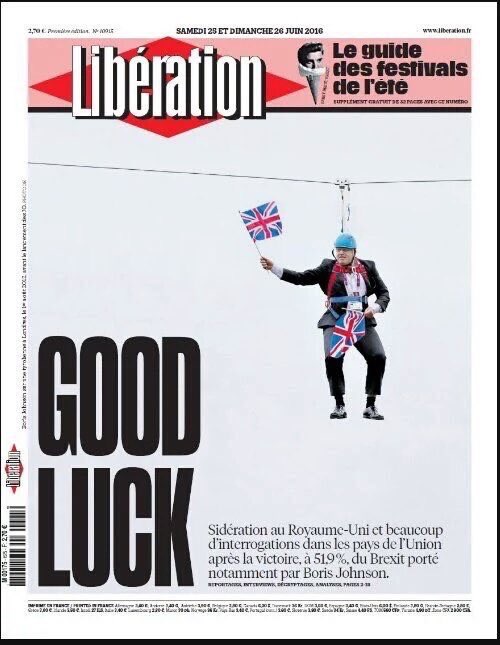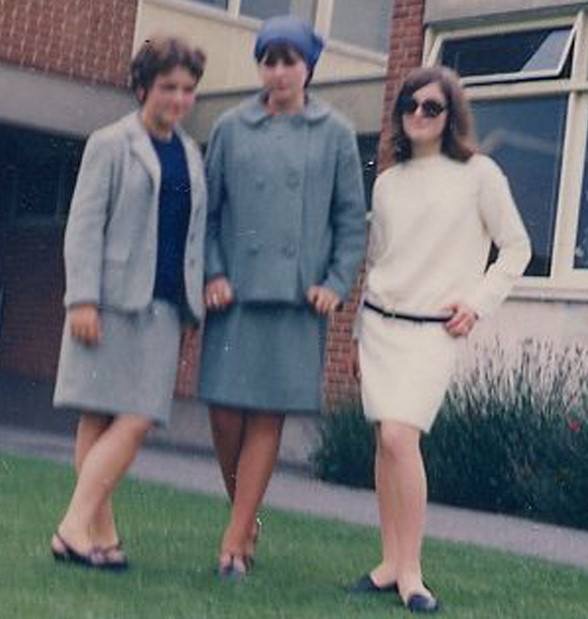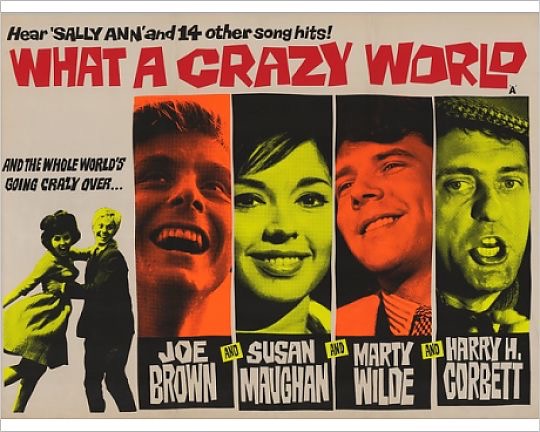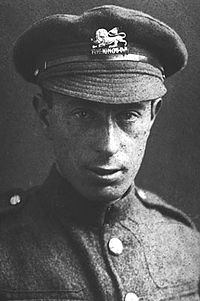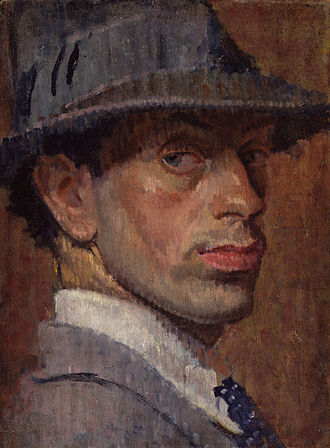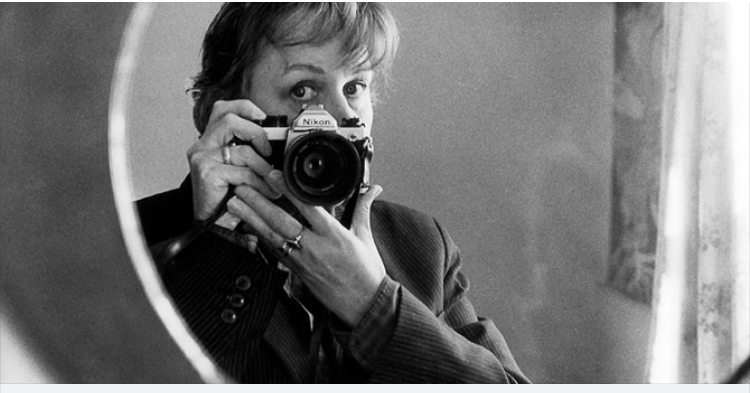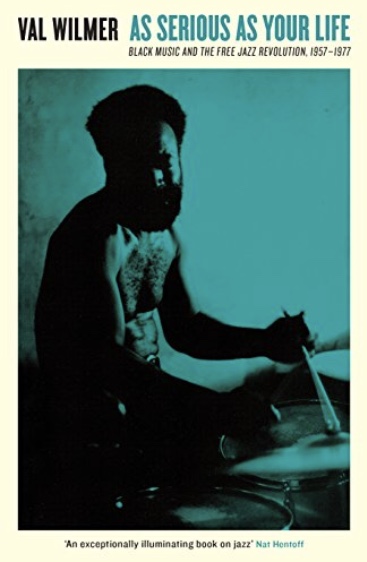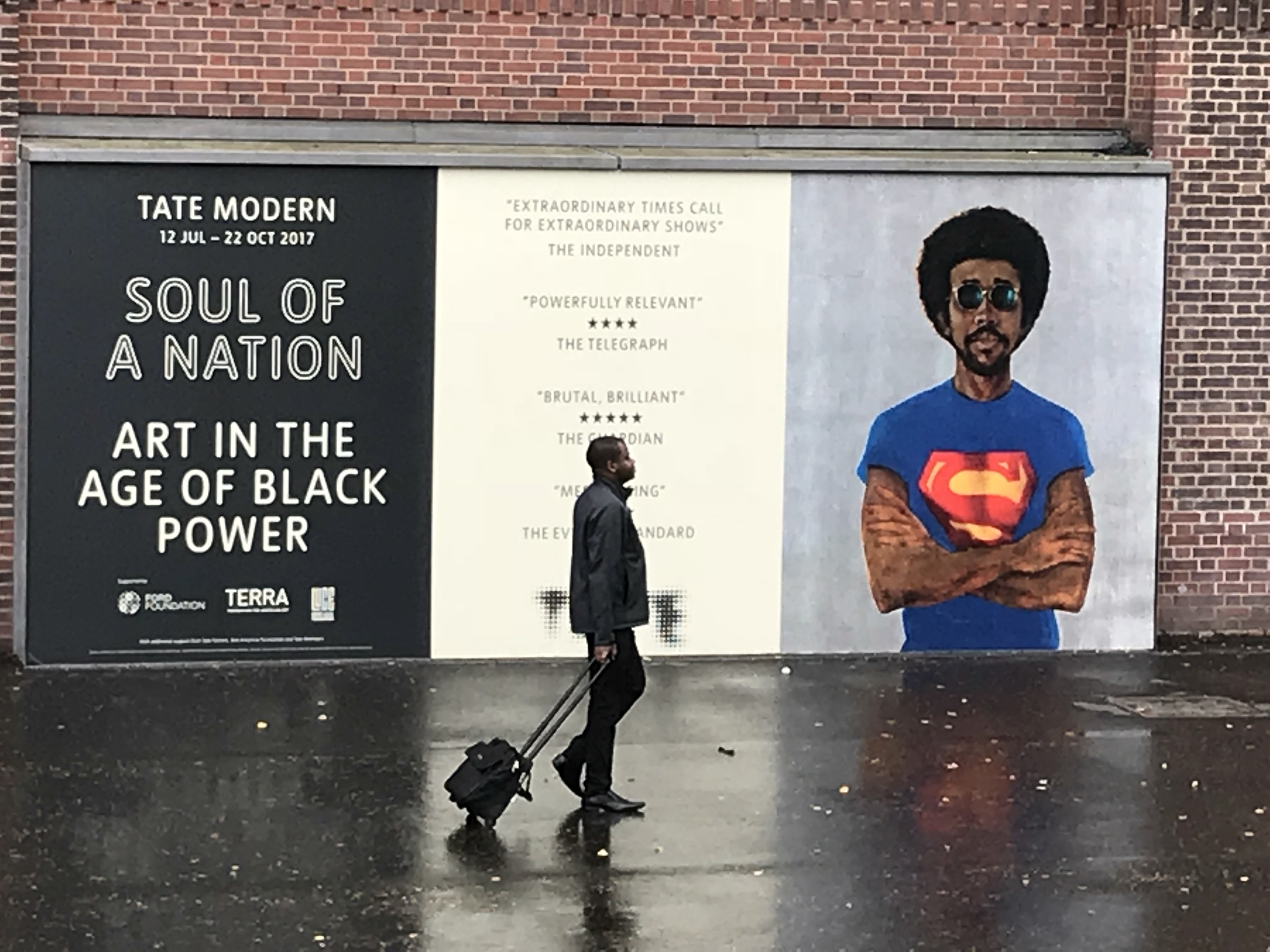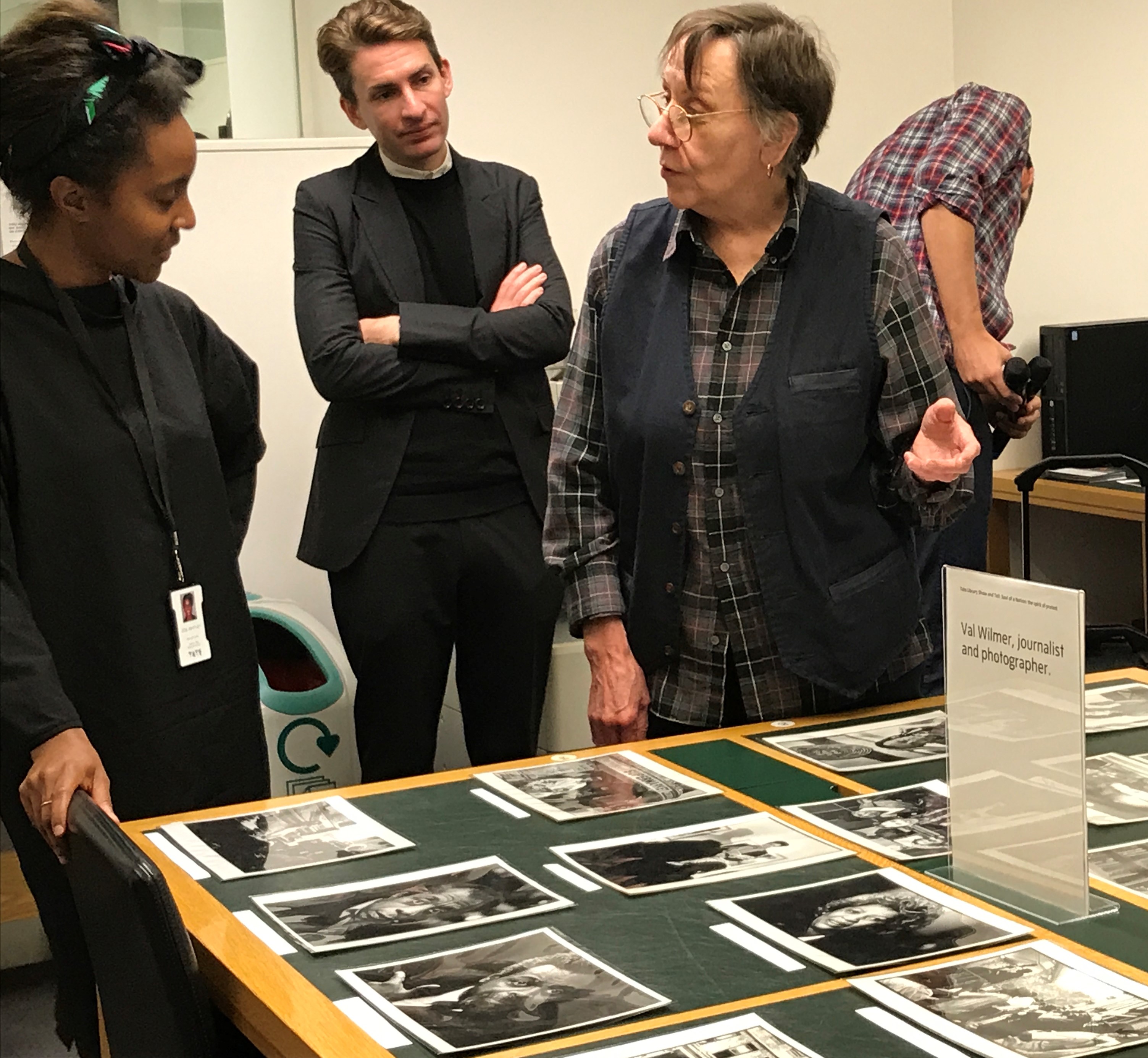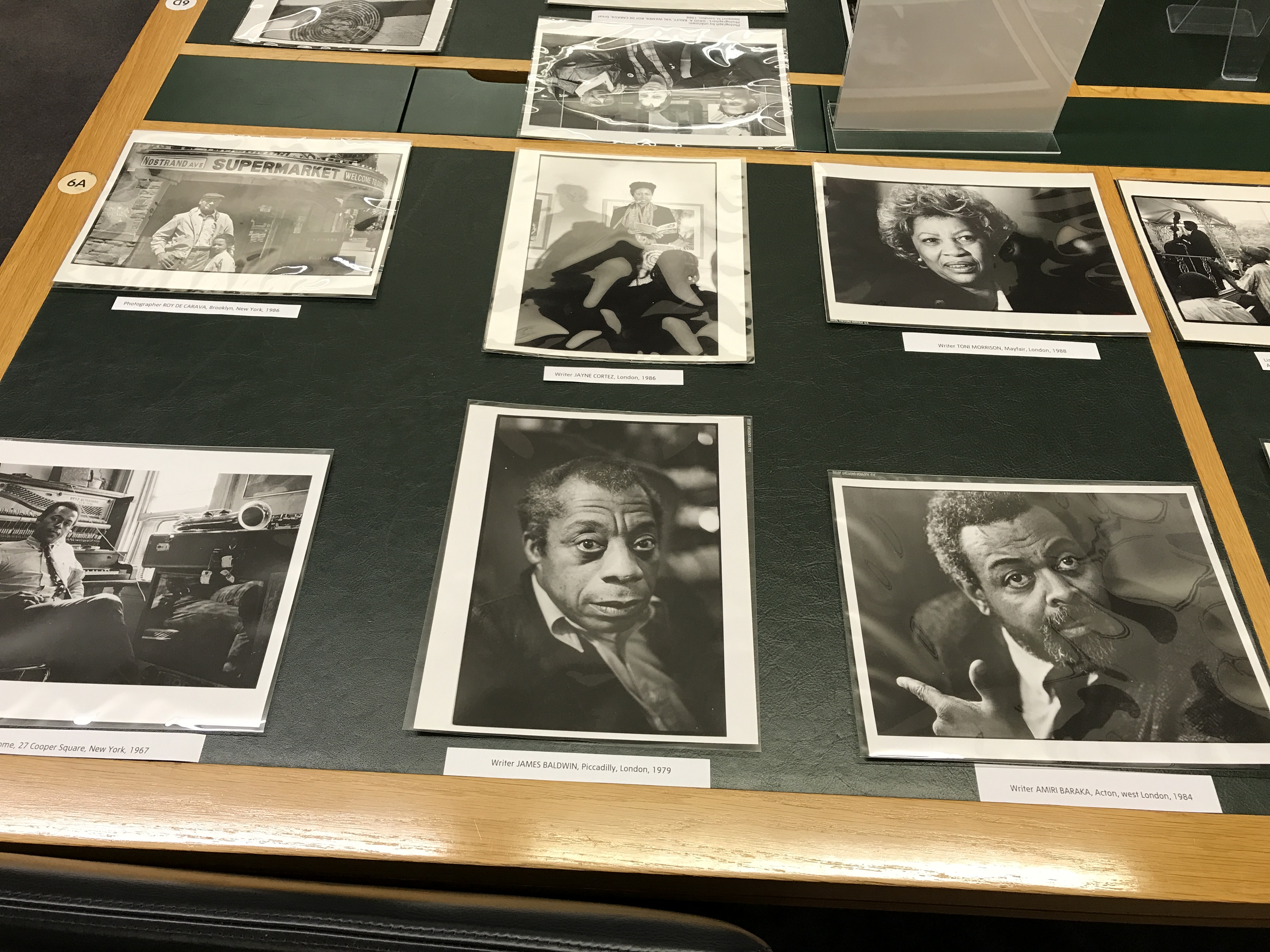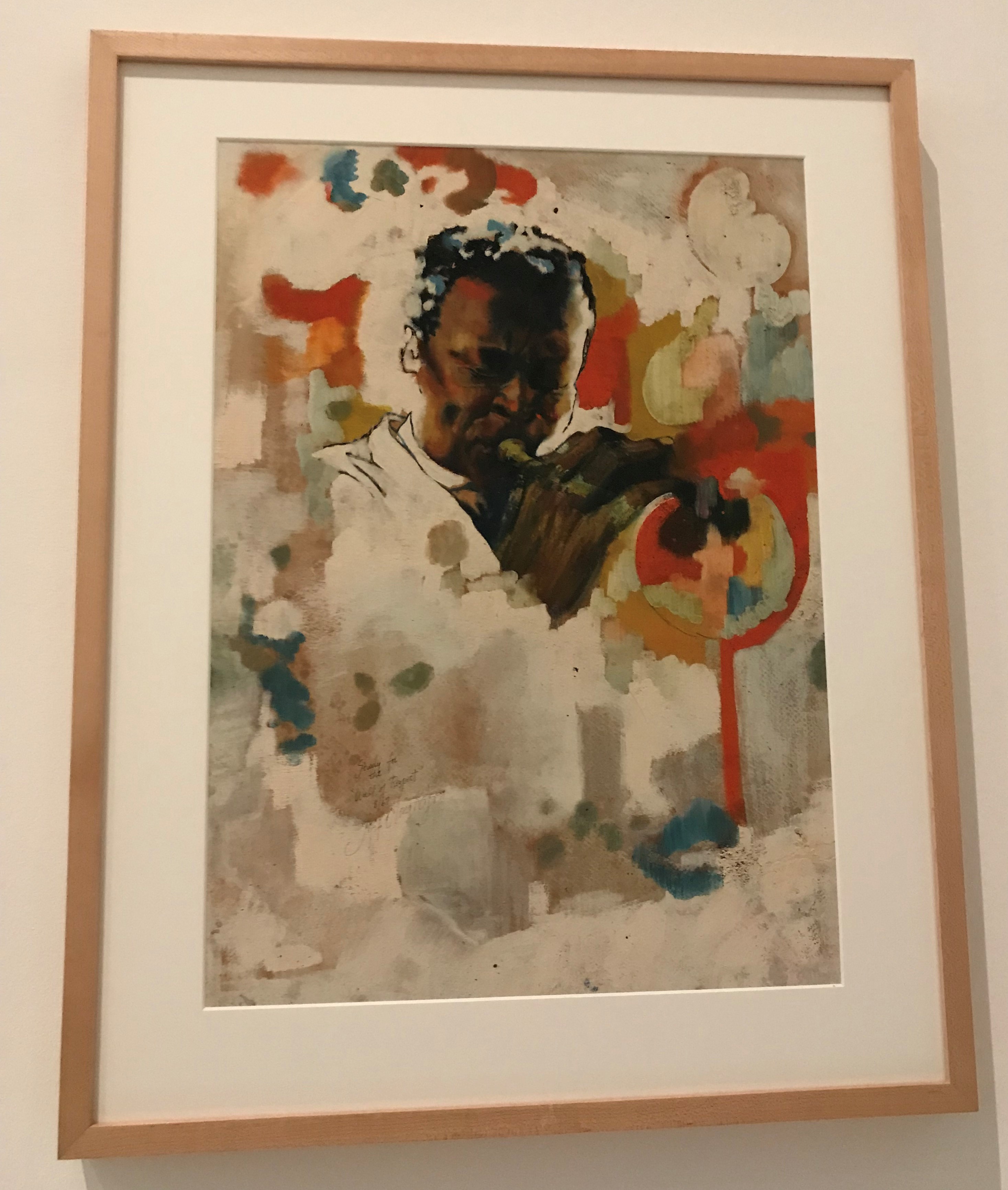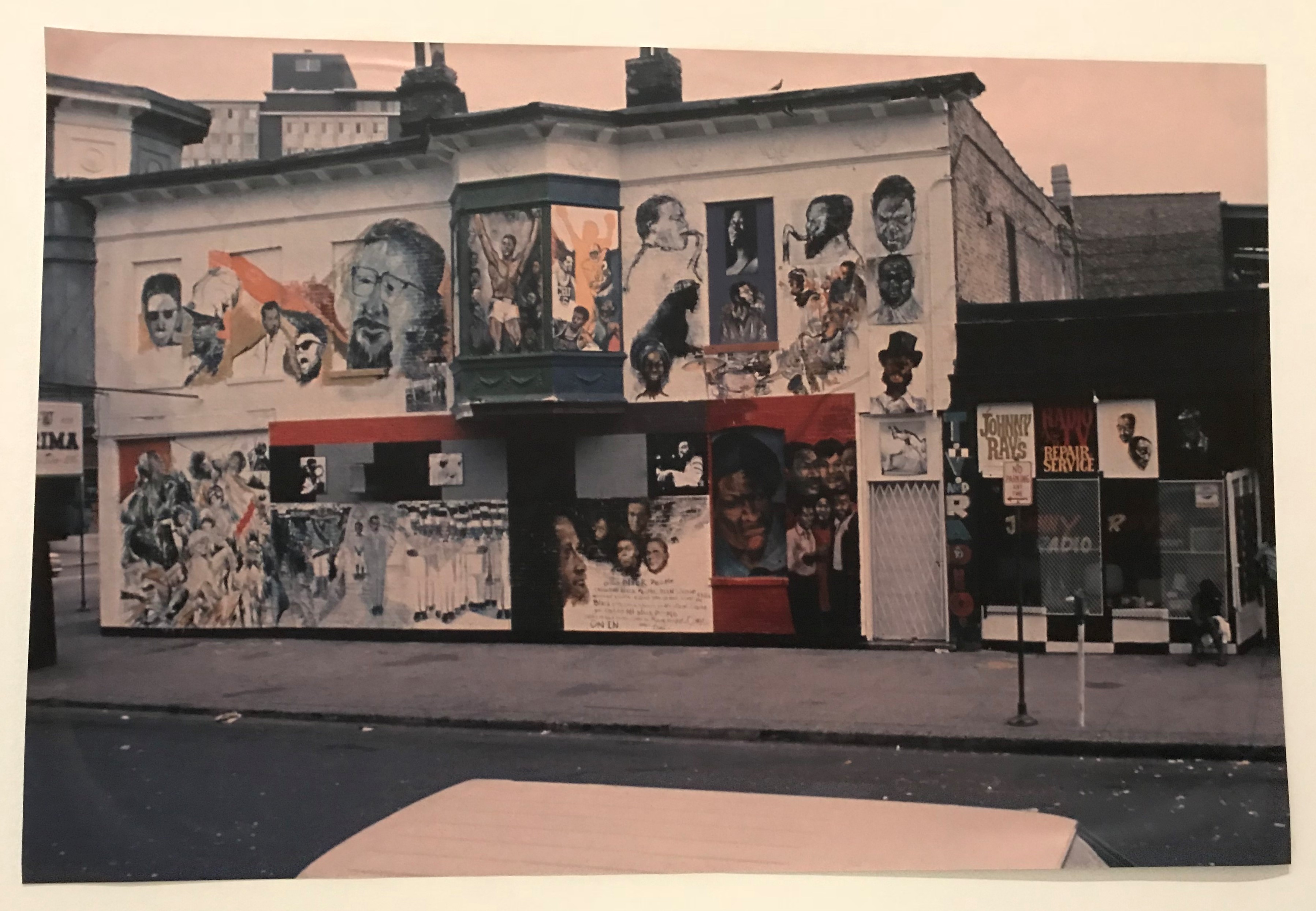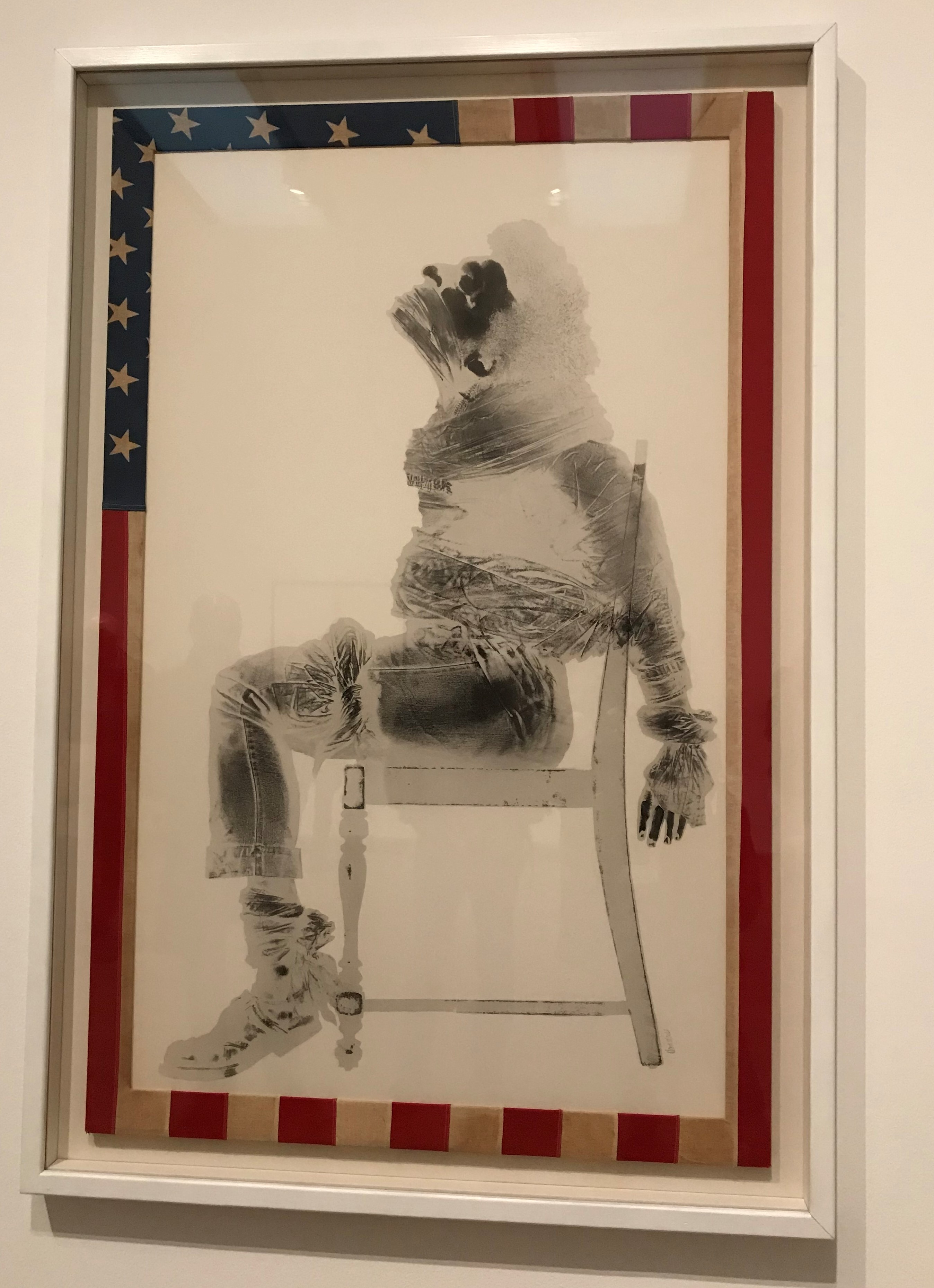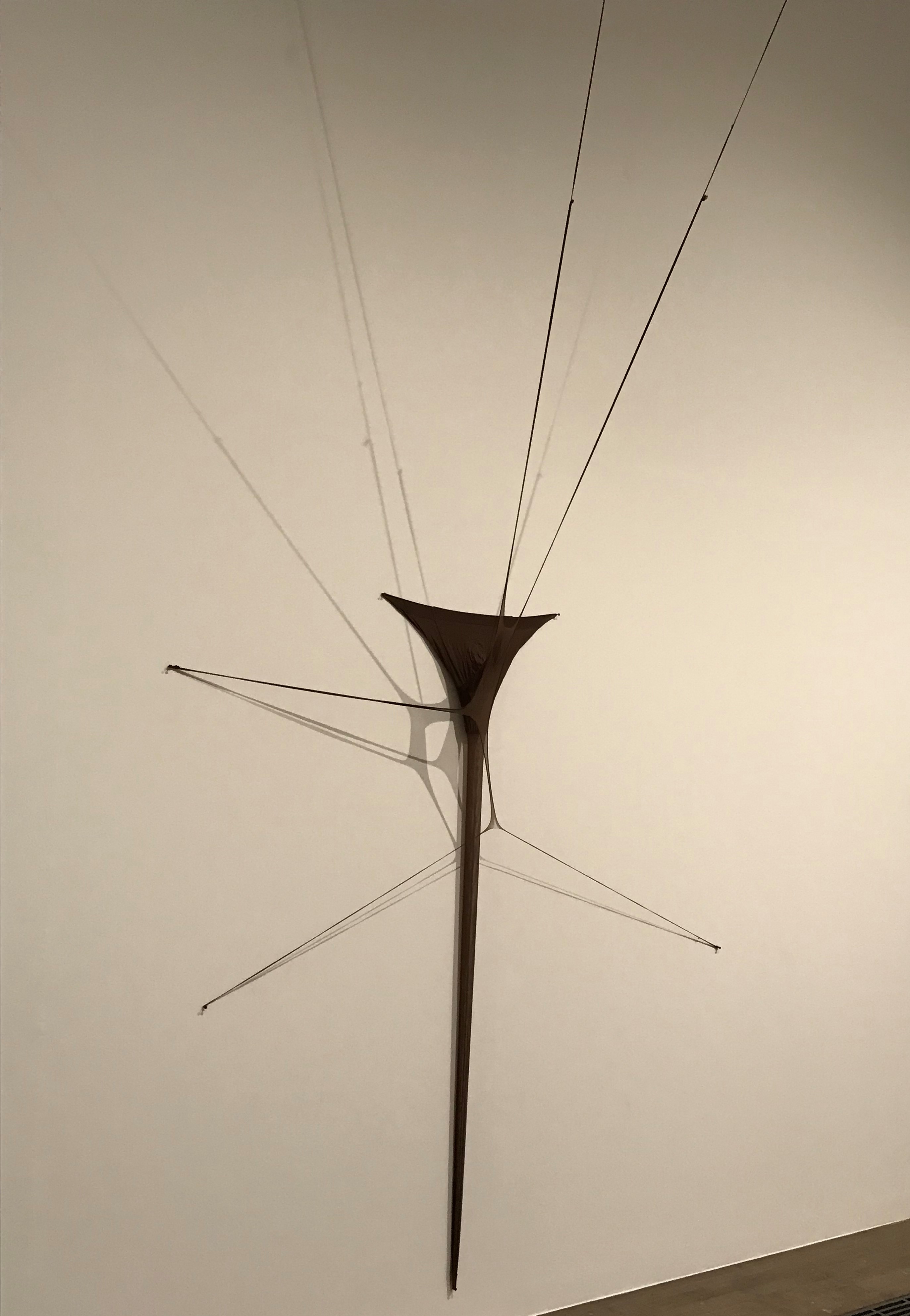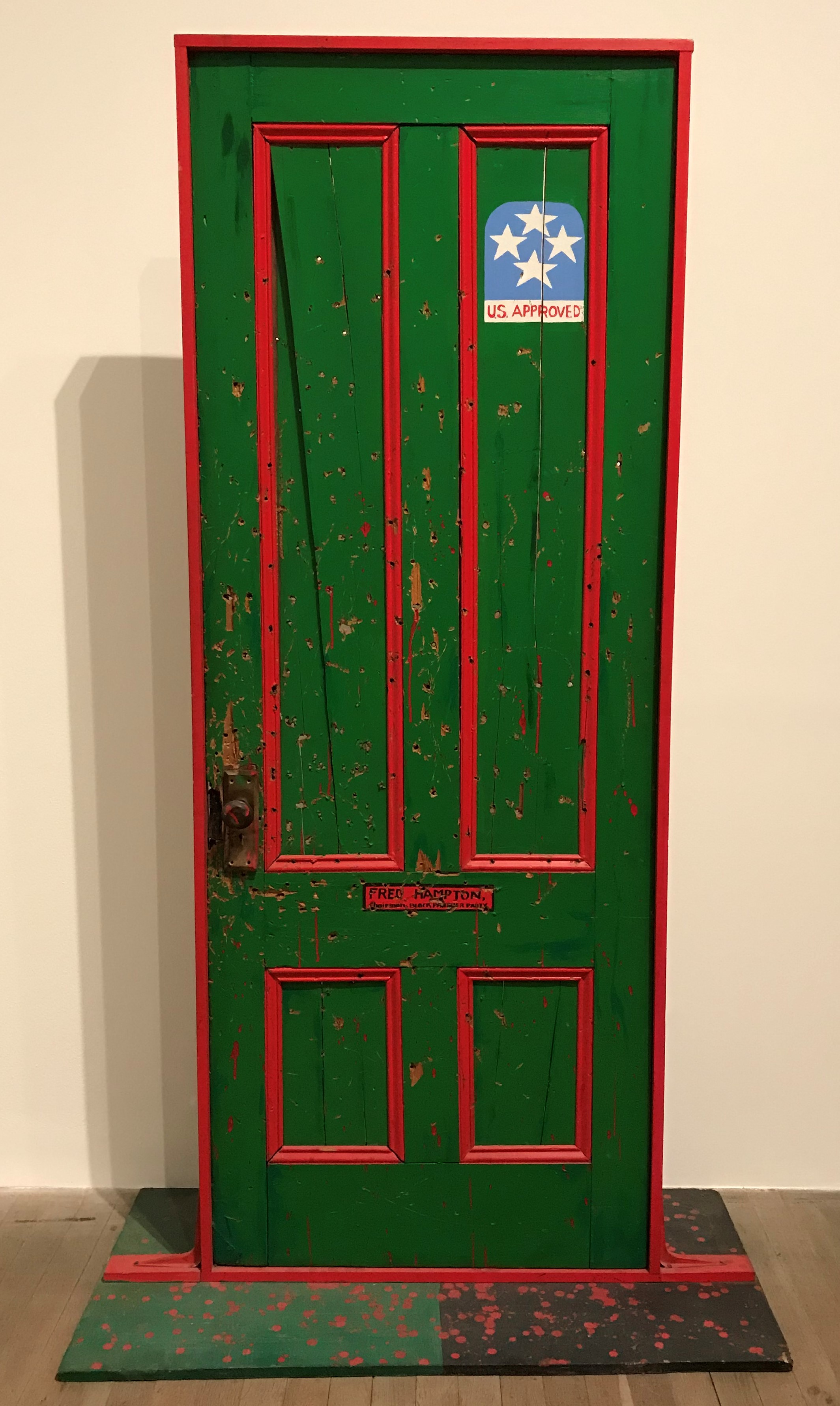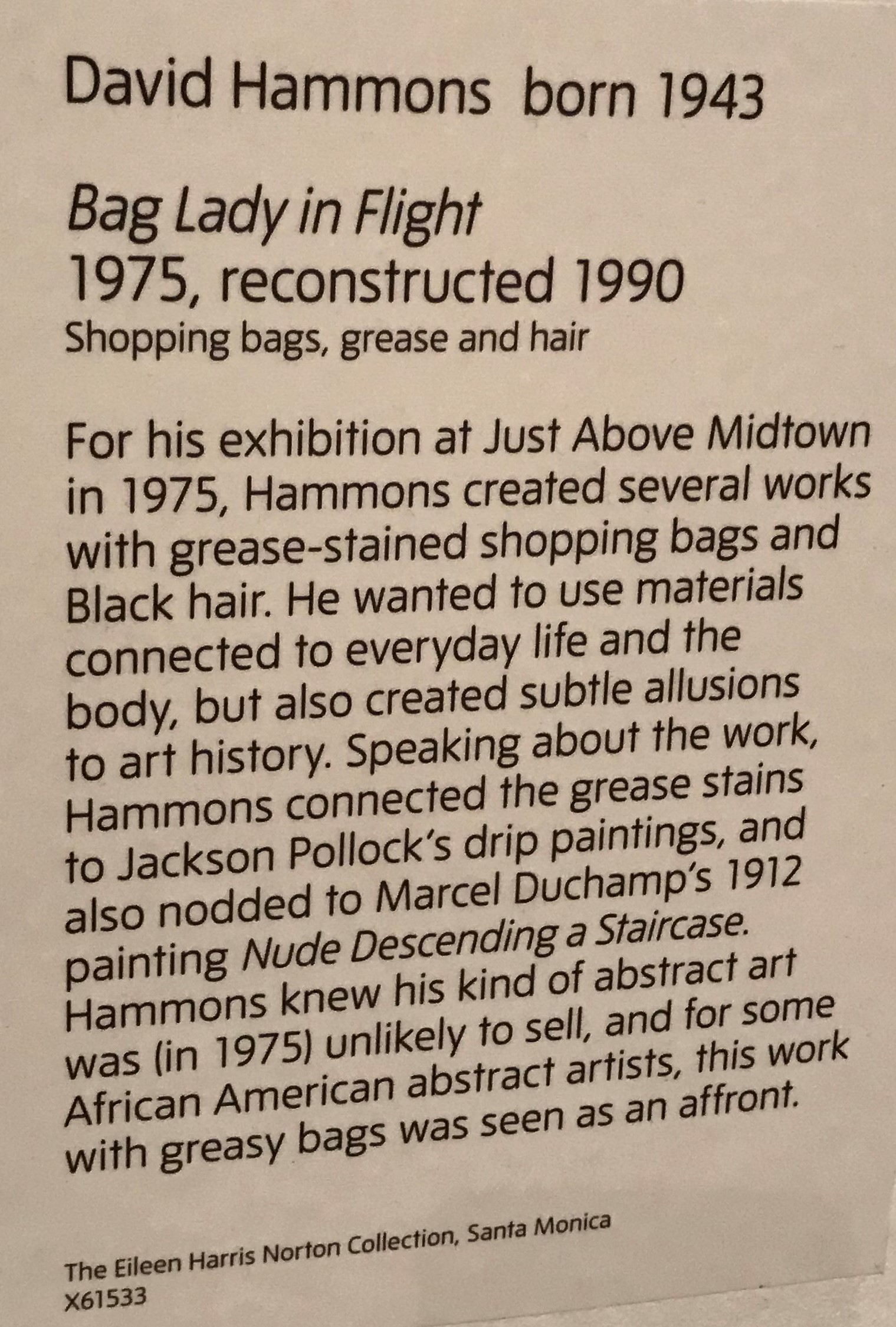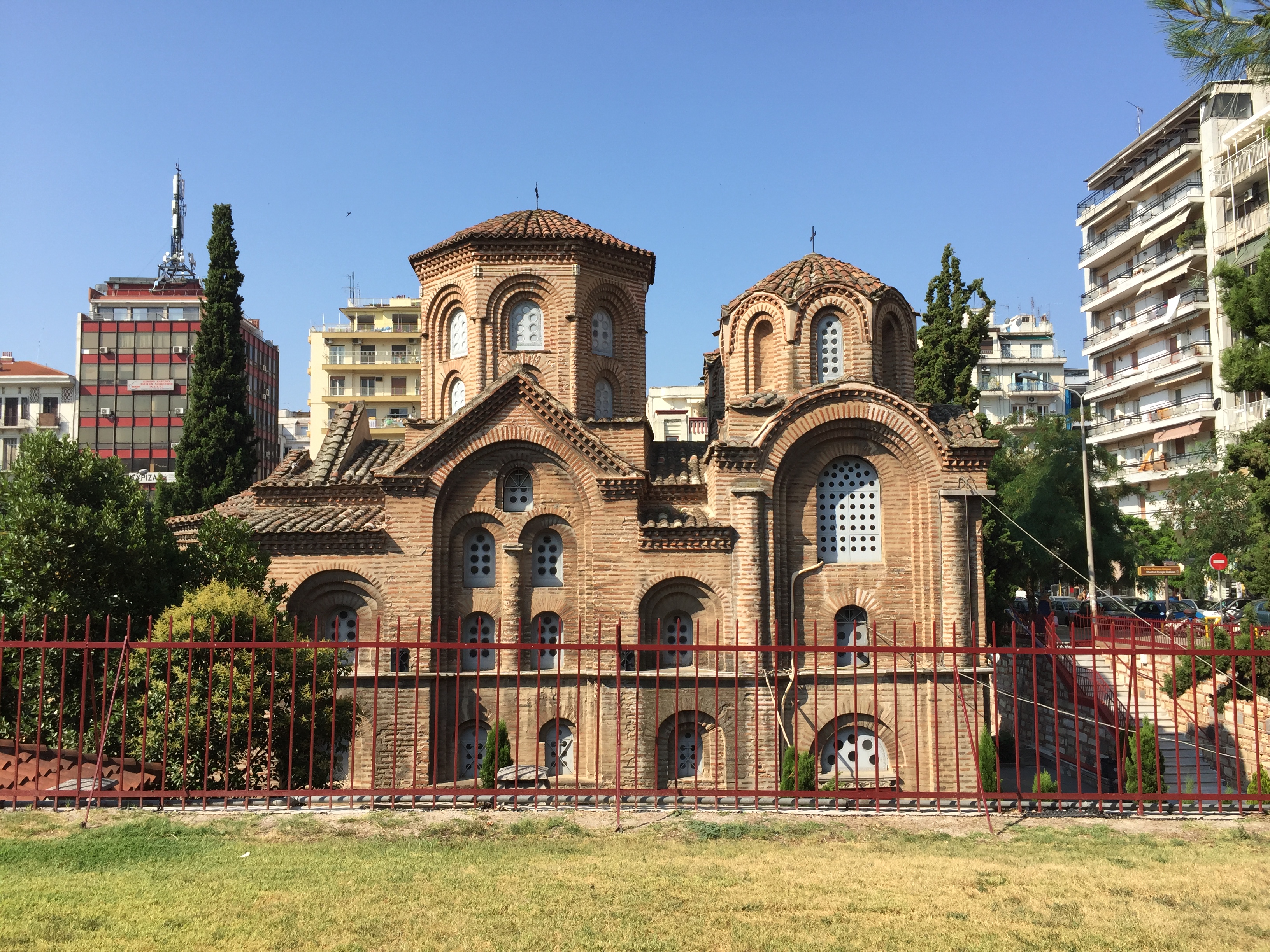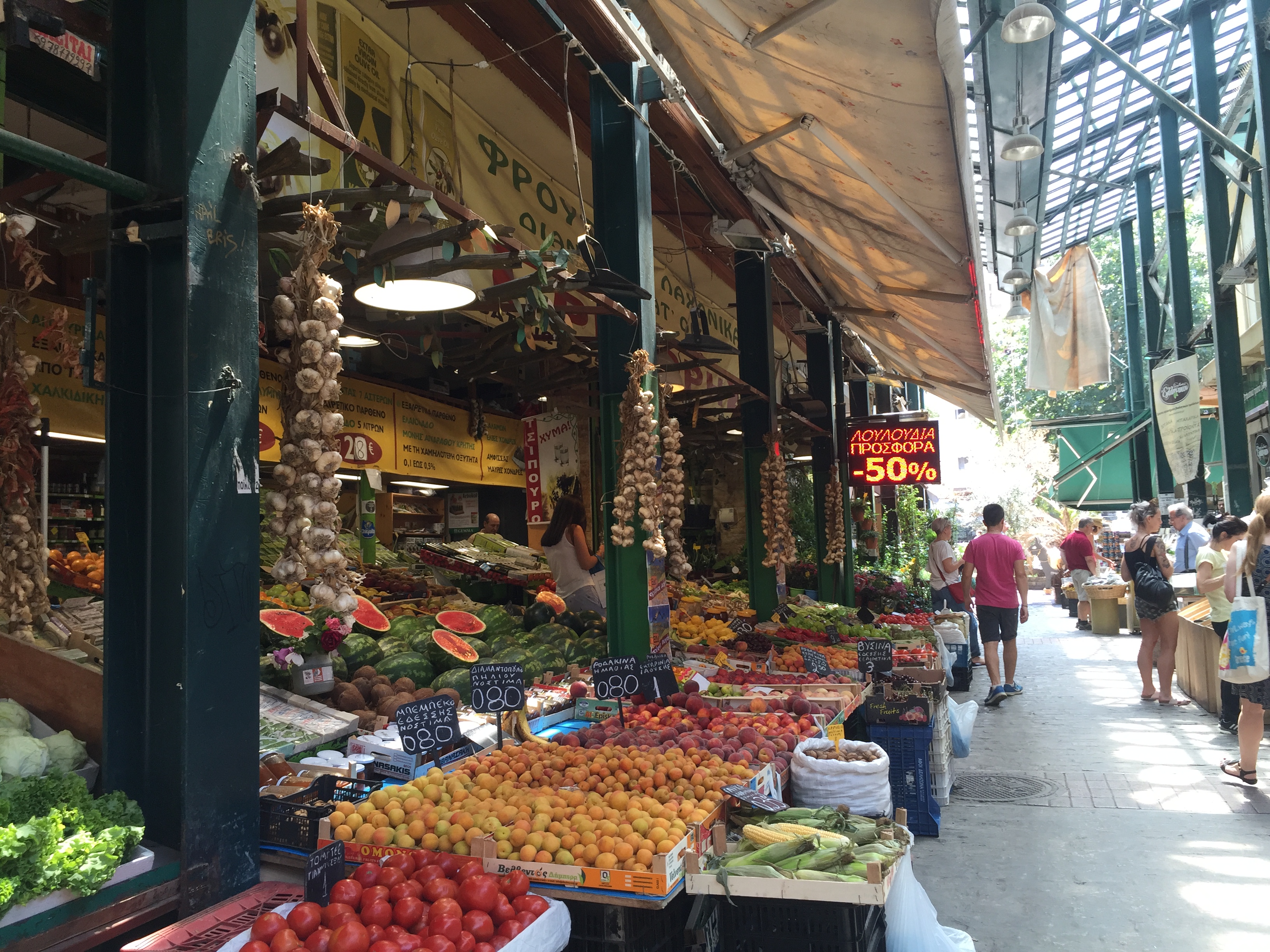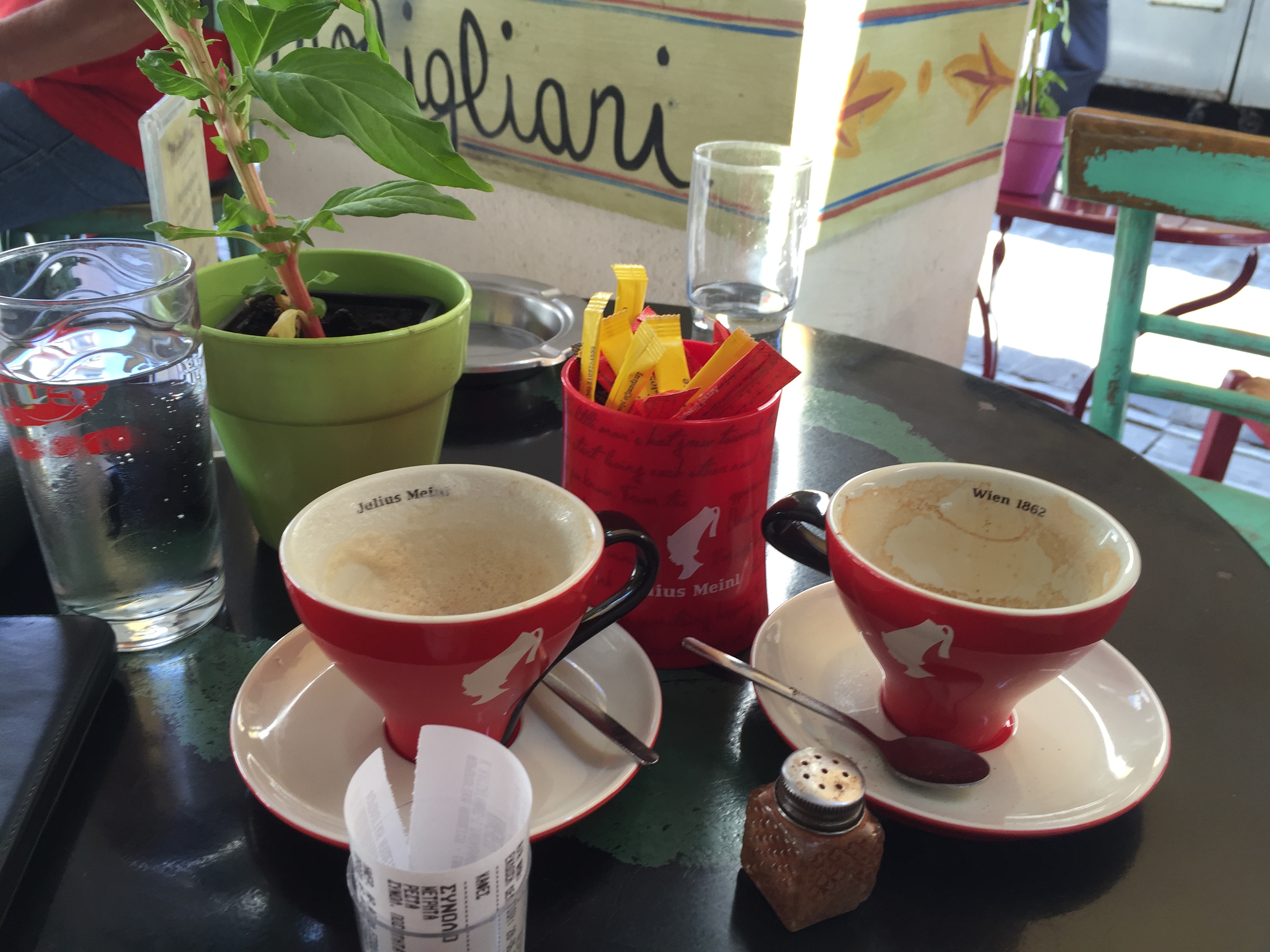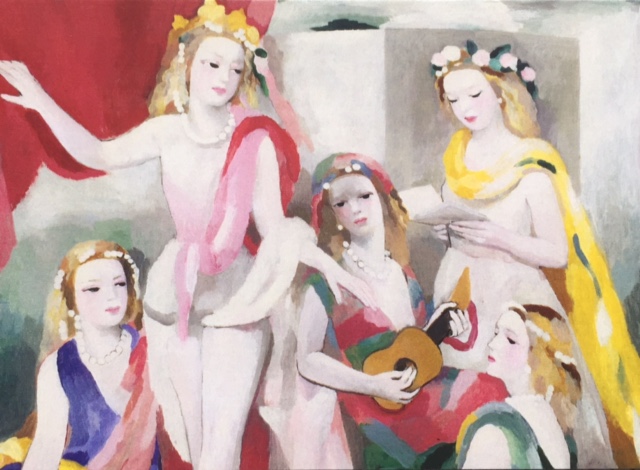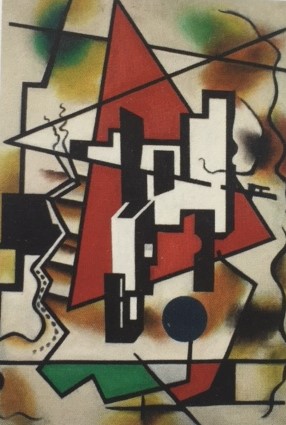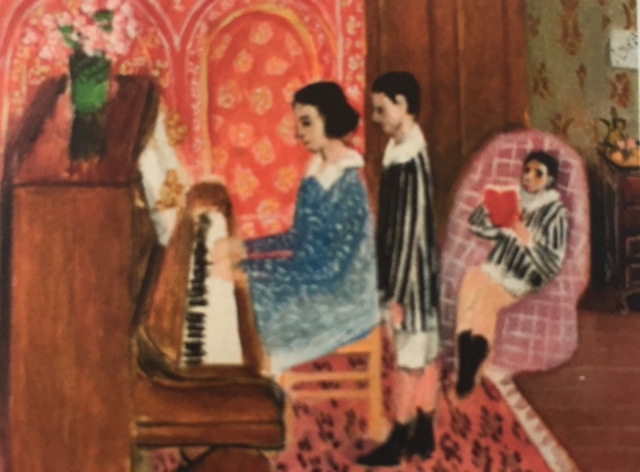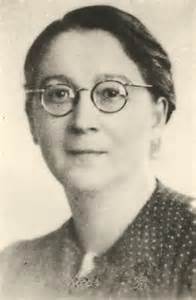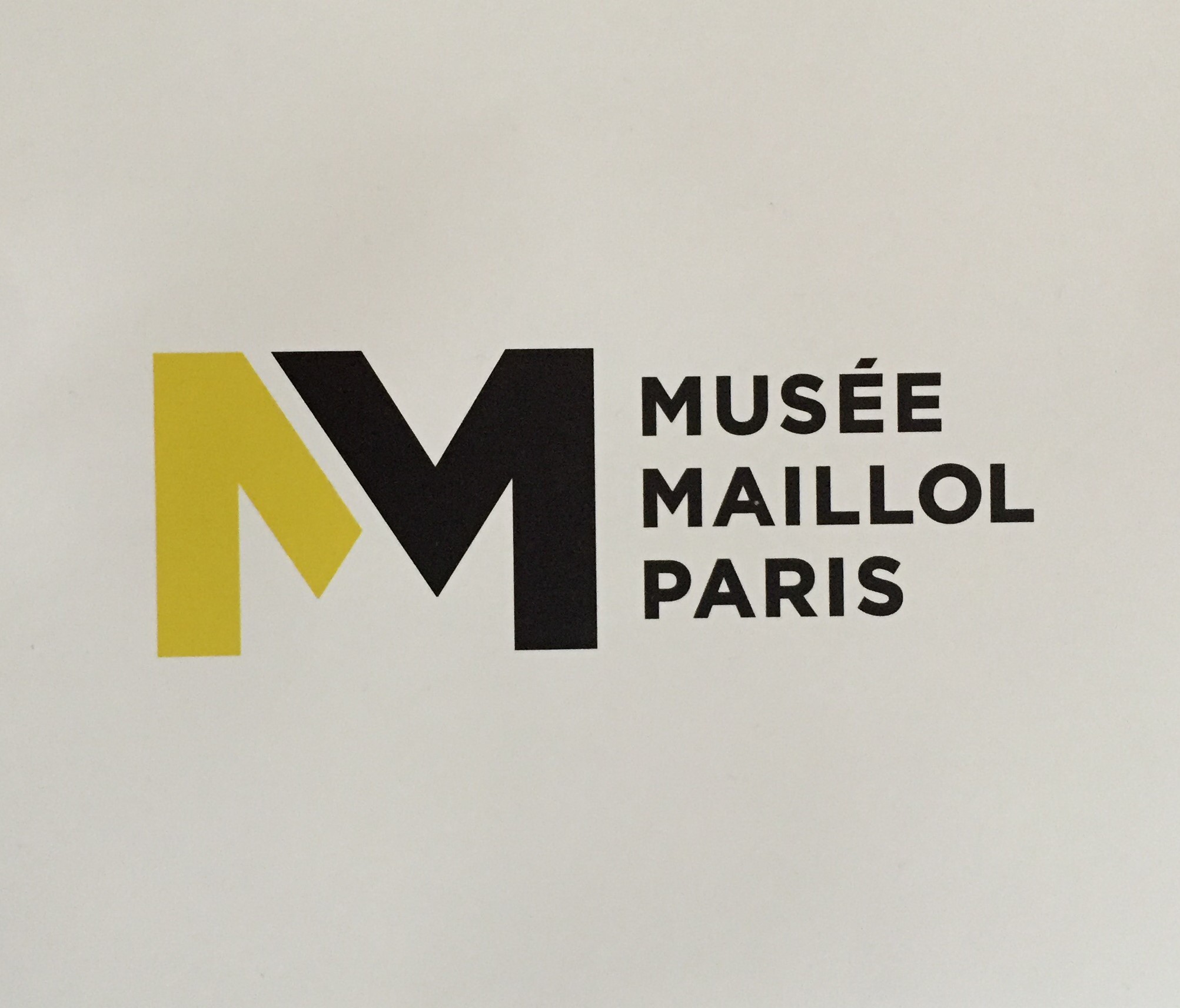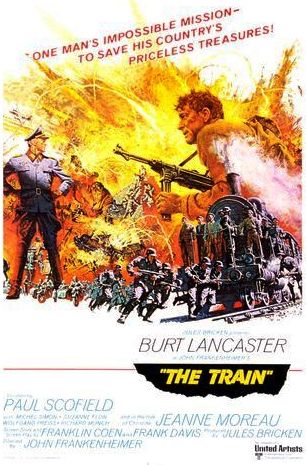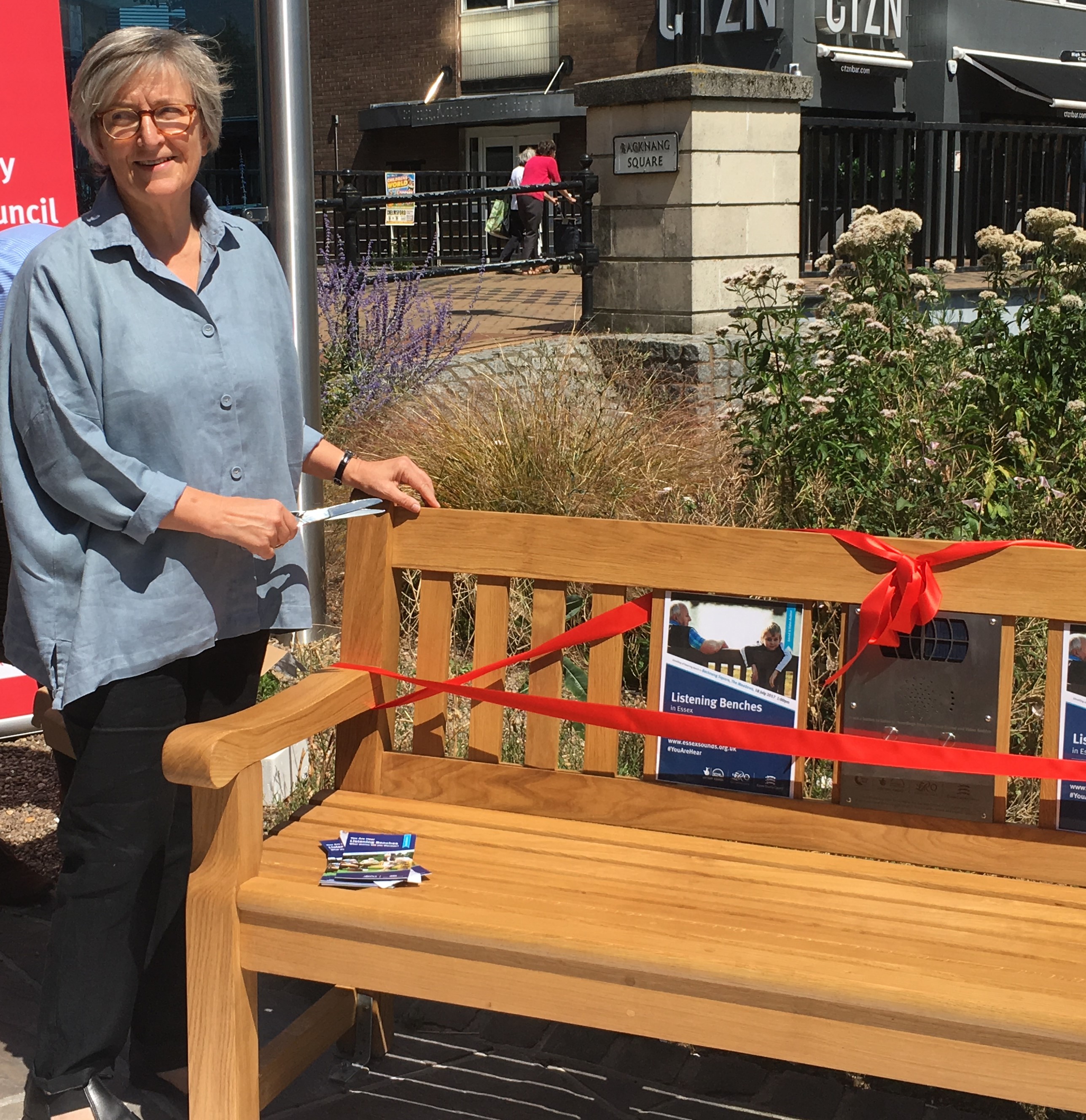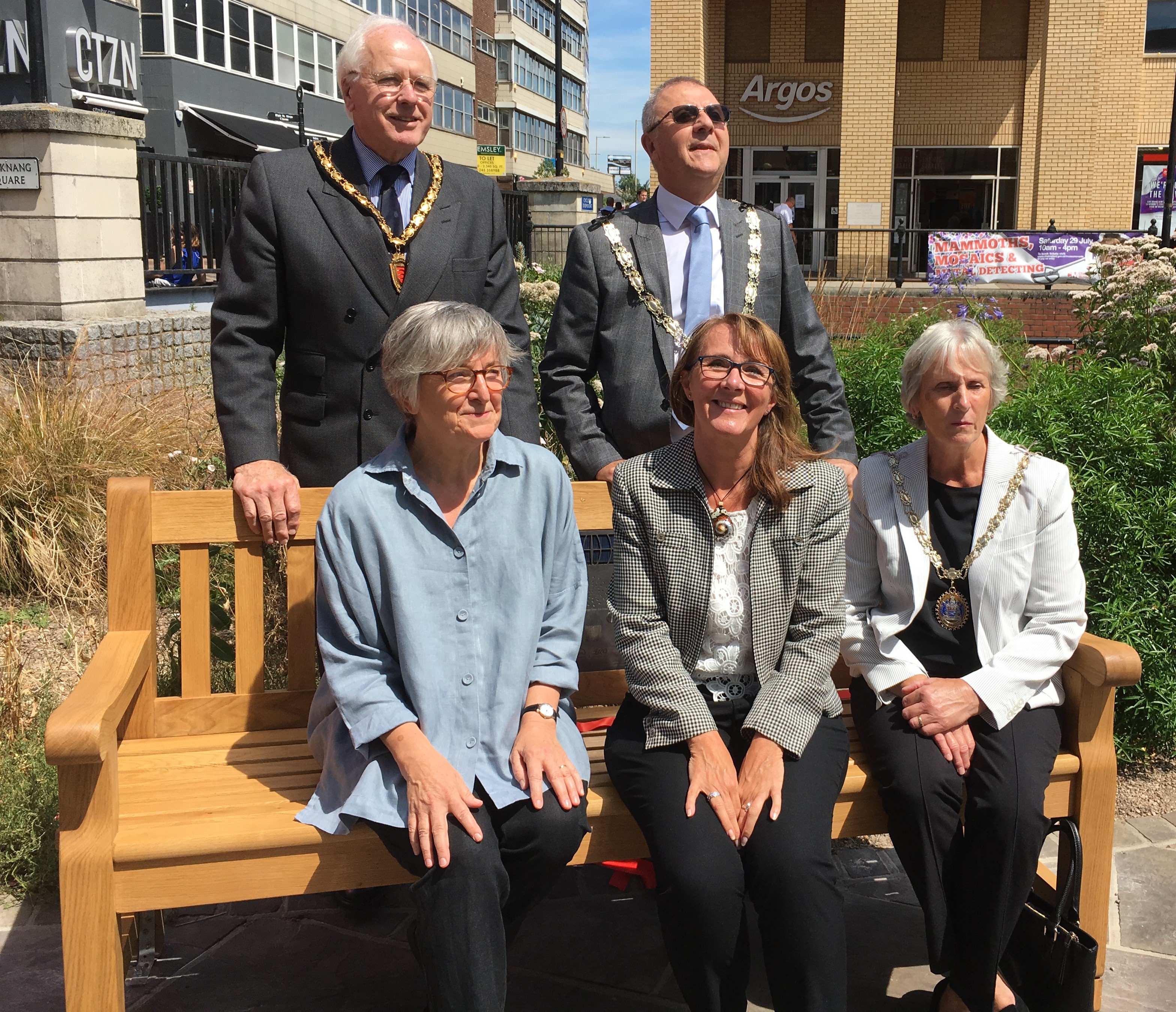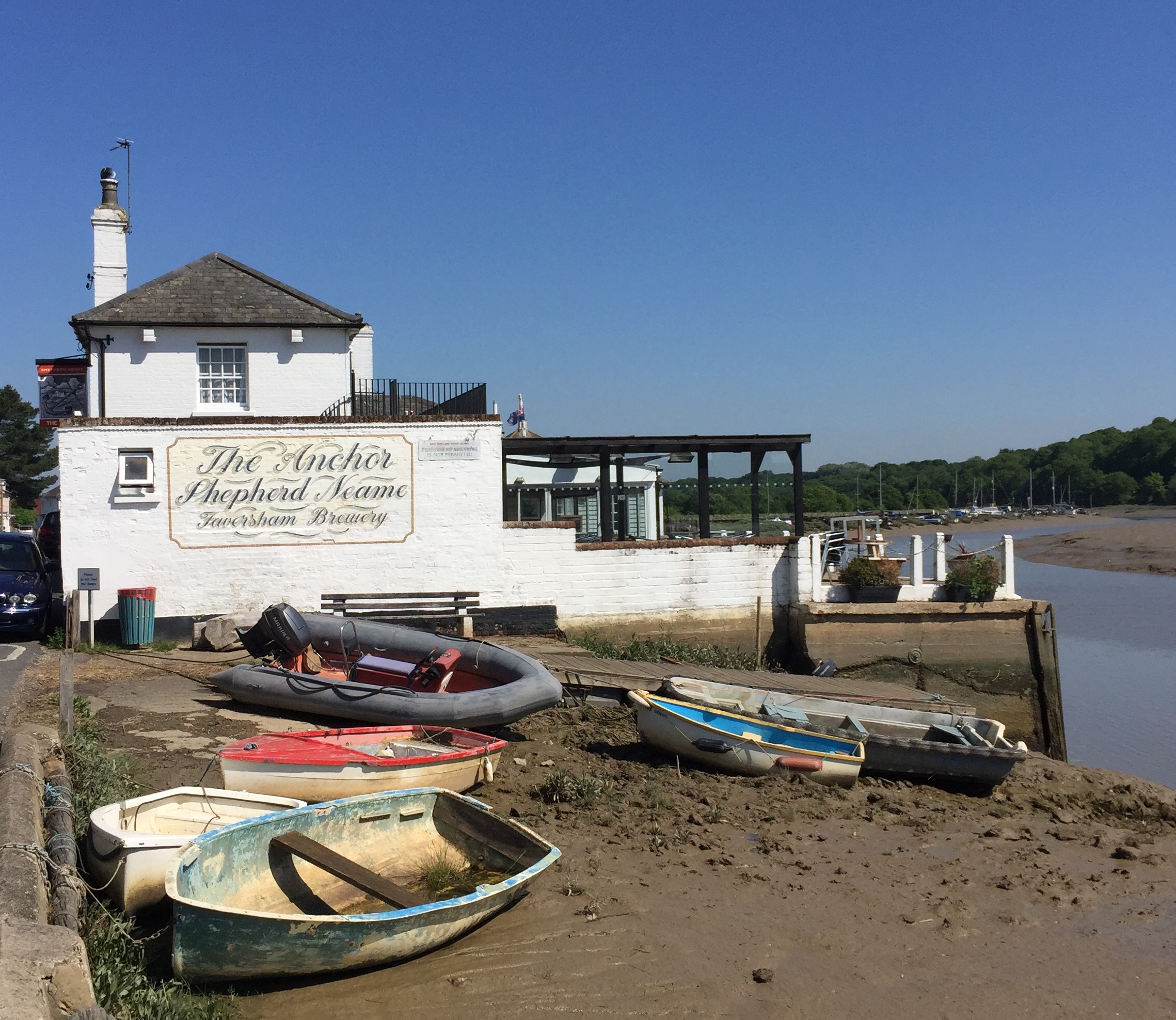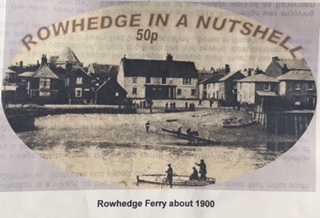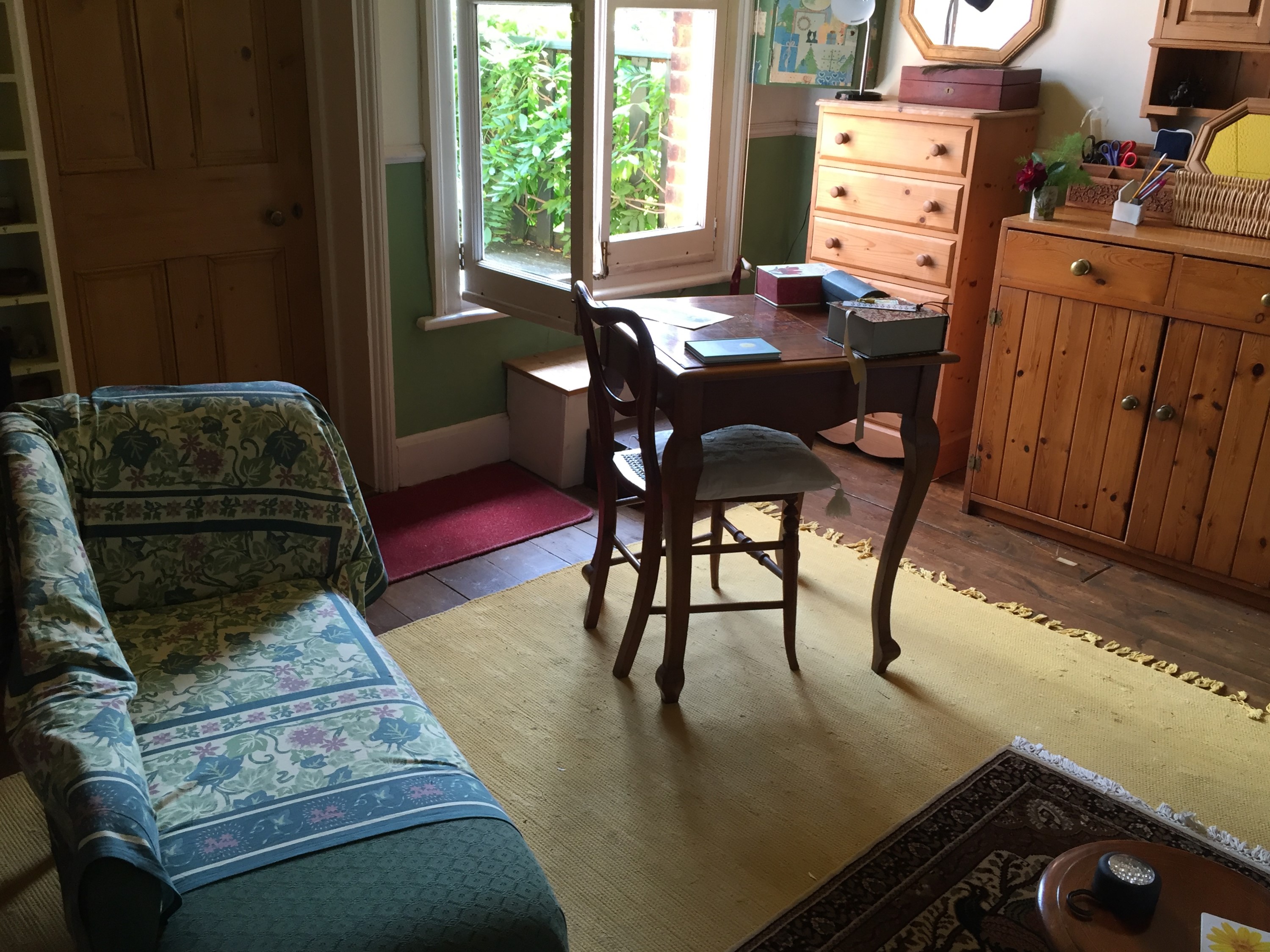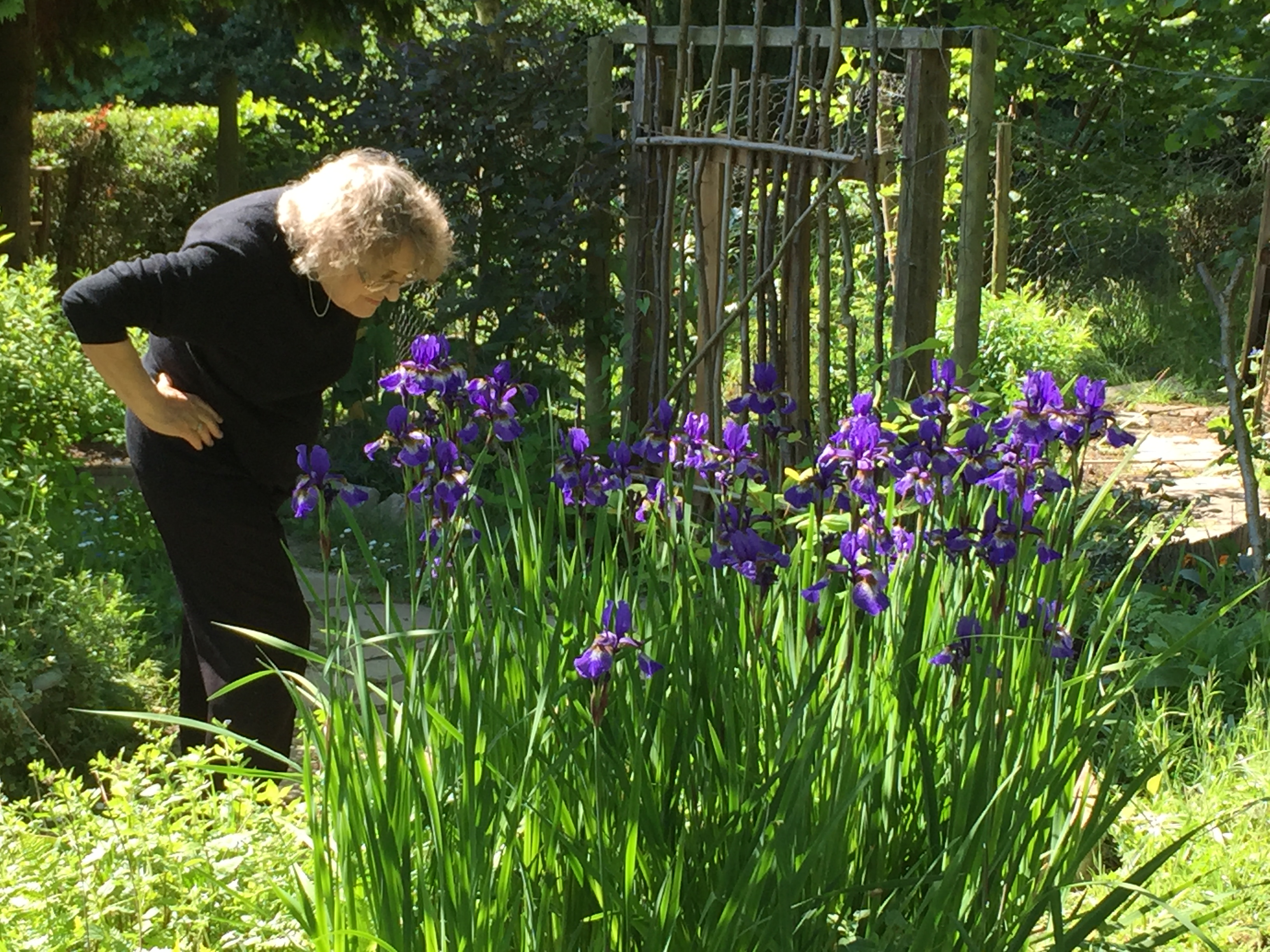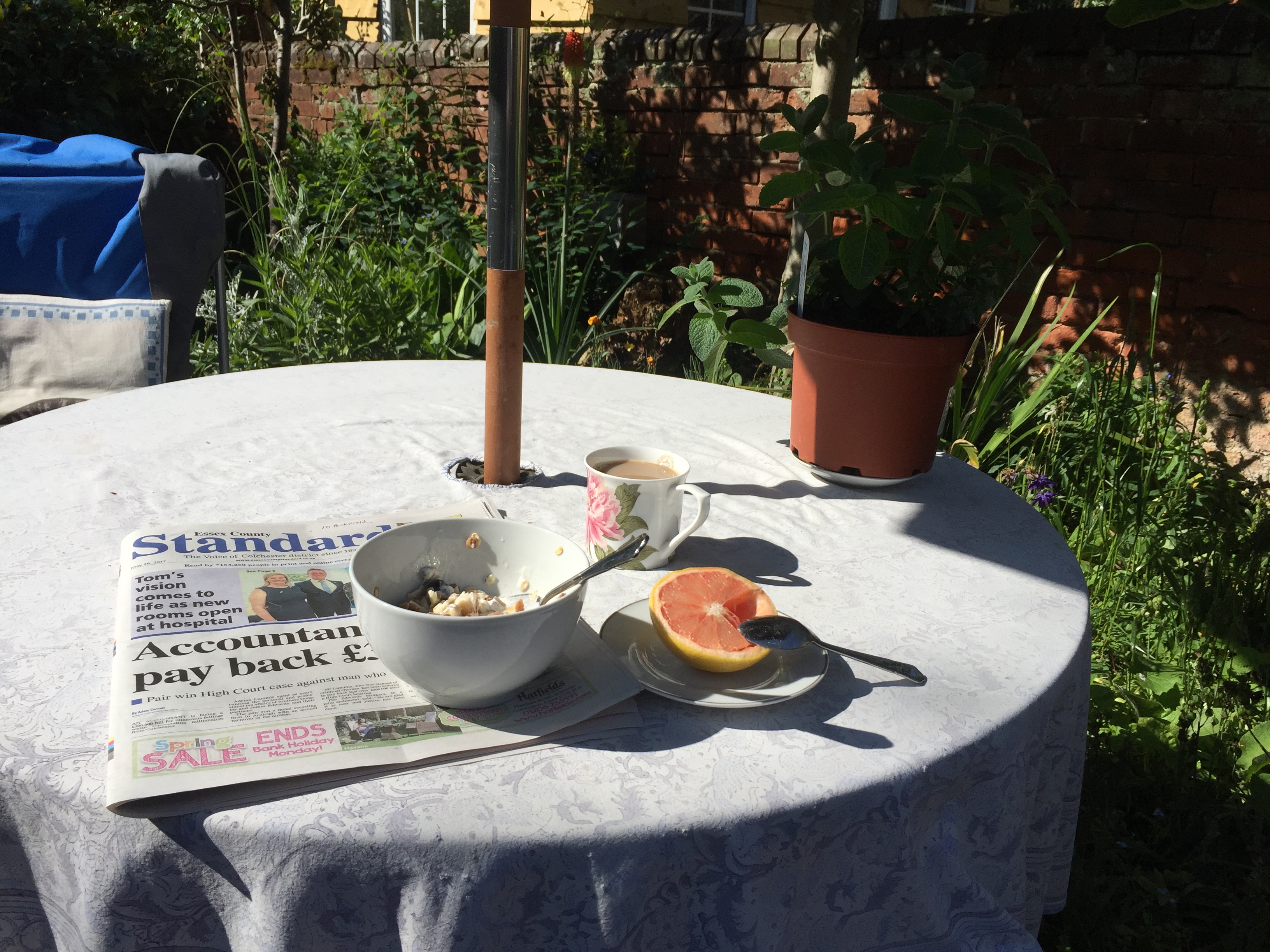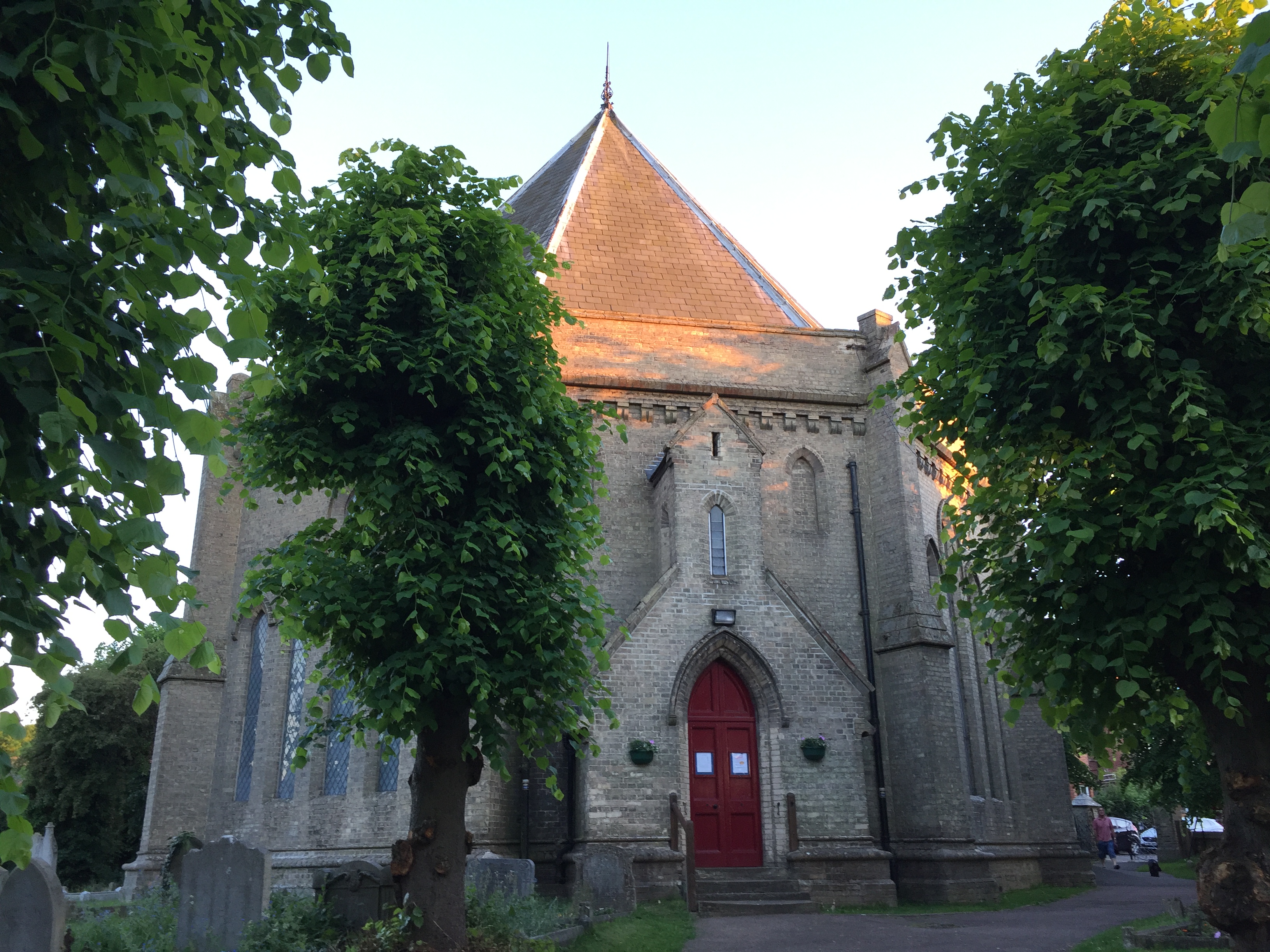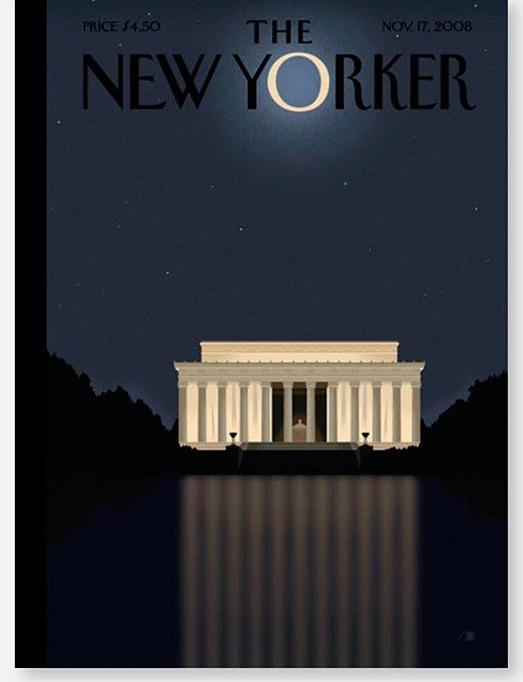 I
I
On 10 January 2017 President Obama made his final speech as president. The New Yorker Magazine showed its cover of November 2008 – Reflection by Bob Staake – originally published to celebrate Obama’s victory.
I ended my 2016 round-up letter by saying ‘holding our breath, let’s hope 2017 is a better, kinder, safer year for everyone.’ Well… we all knew times were about to change. And we were not going to let it pass unremarked. In January there was the Women’s March.
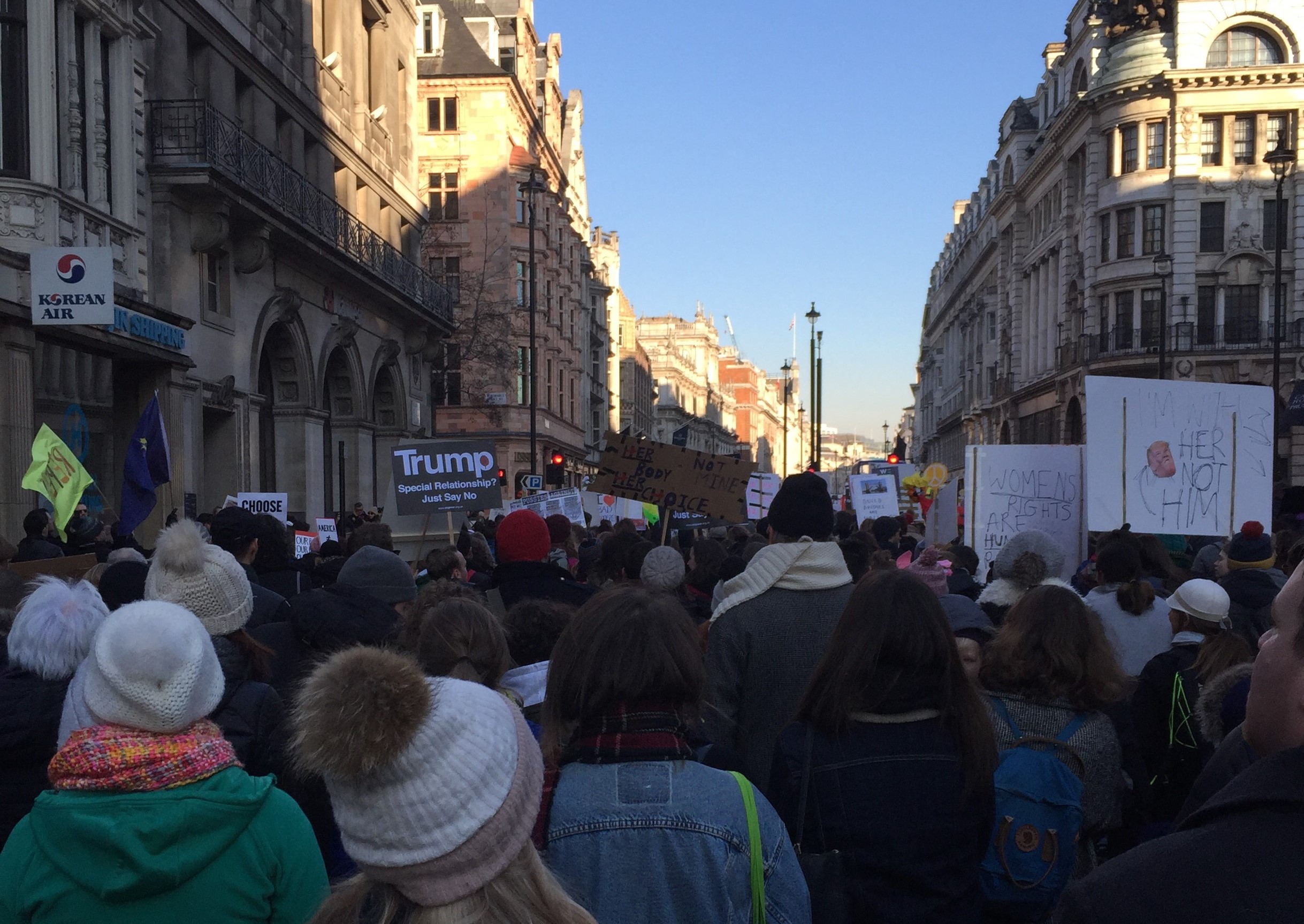
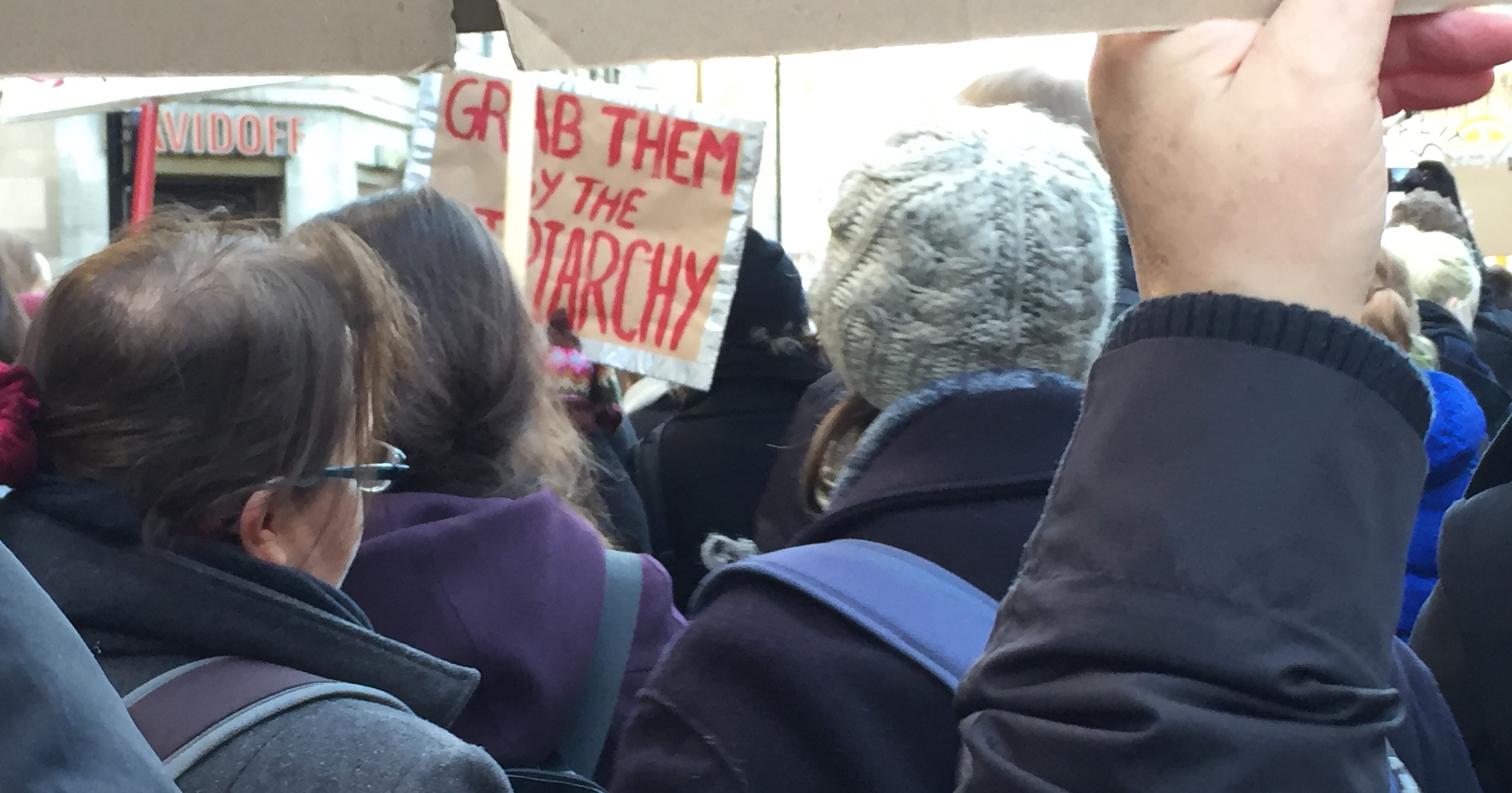
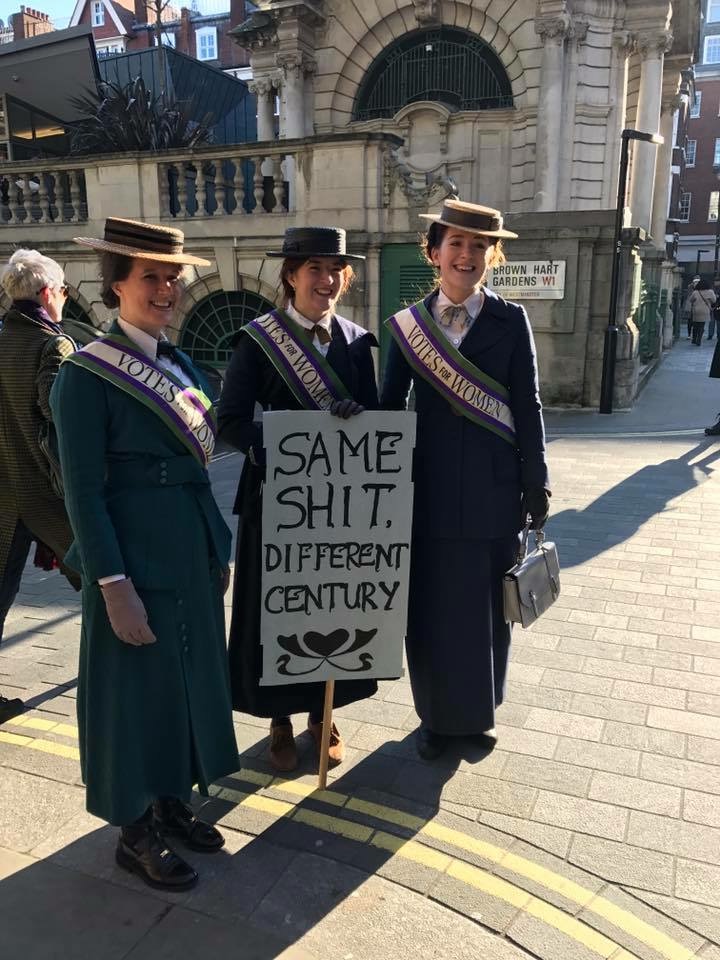
In February the big event was a Labour Party dinner in an Indian restaurant on Green Lanes, at the bottom of our road, hosted by David Lammy our MP. The guest of honour was supposed to be Dianne Abbott but she was ill. A surprise guest came in her stead – it was Jeremy Corbyn! Ours was his constituency when he started in politics as a local councillor.
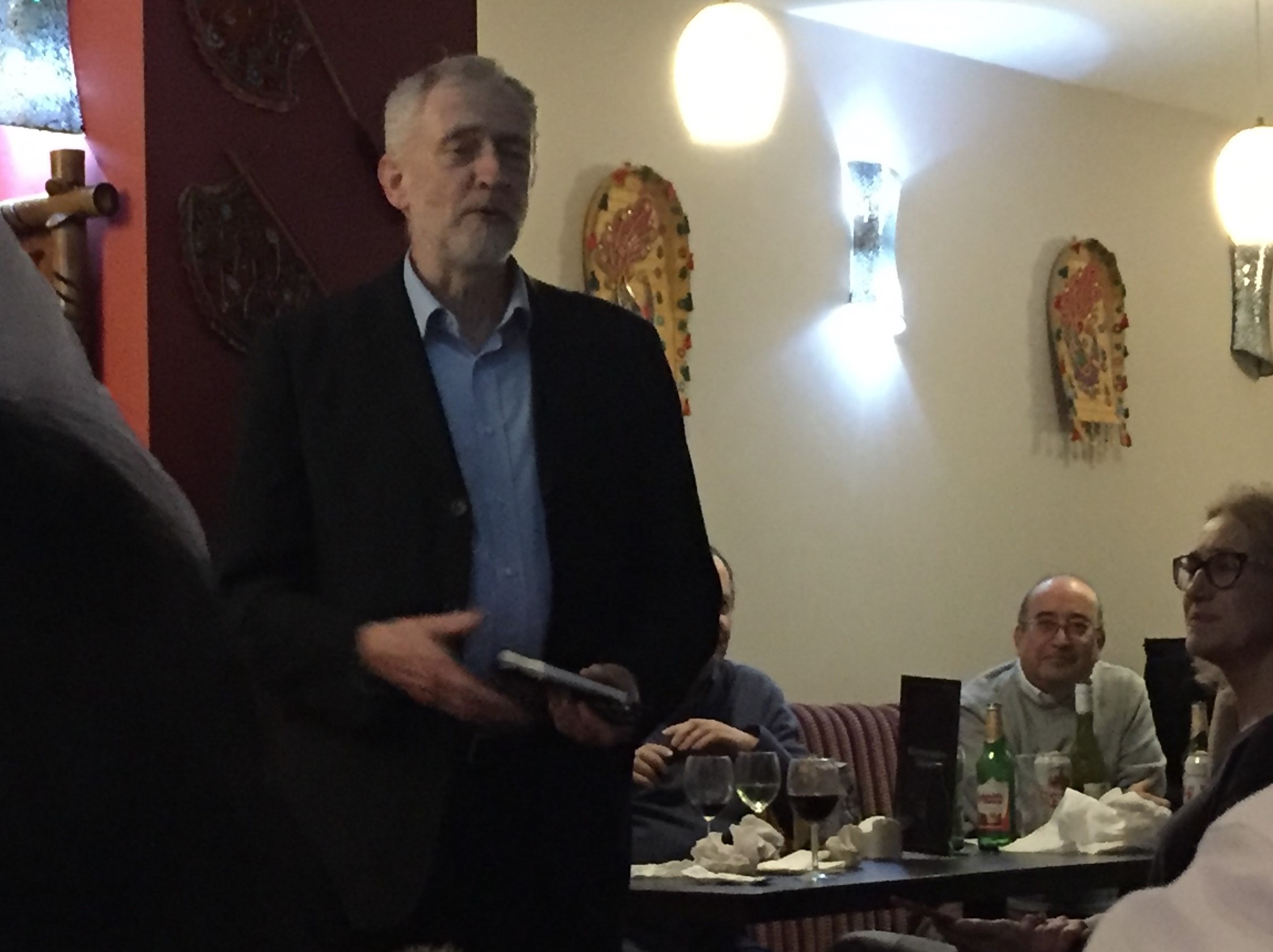
He was very charming and did the raffle. I took a moment or two with him to make some policy suggestions (more Youth Clubs! more apprenticeships!) and a good evening was had by all.
We were on the streets again in March, thousands marching to defend the NHS.



The other big news in March was that I signed a contract with Bonnier Zaffre, a relatively new (2014) publisher which has recently added Linda La Plante and Wilbur Smith, and me obviously, to its list.
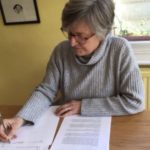
Specifically, they have bought my Sixties novel, Beyond the Beehive, which will return in August 2018 as The Saturday Girls.

The wonderful thing about writing books about your home town, people come out to meet you! At an Authors’ Day in Chelmsford Library, part of the Essex Book Festival, in March I met old friends from our Estate and from my primary school. And in April All or Nothing, the Small Faces musical came to Chelmsford. A gang of gals from my secondary school, Chelmsford County High School for Girls, dressed in mod gear – some more successfully than others, attended. We clicked our fingers, sang and only being seated in the balcony stopped us from running to the stage to dance.
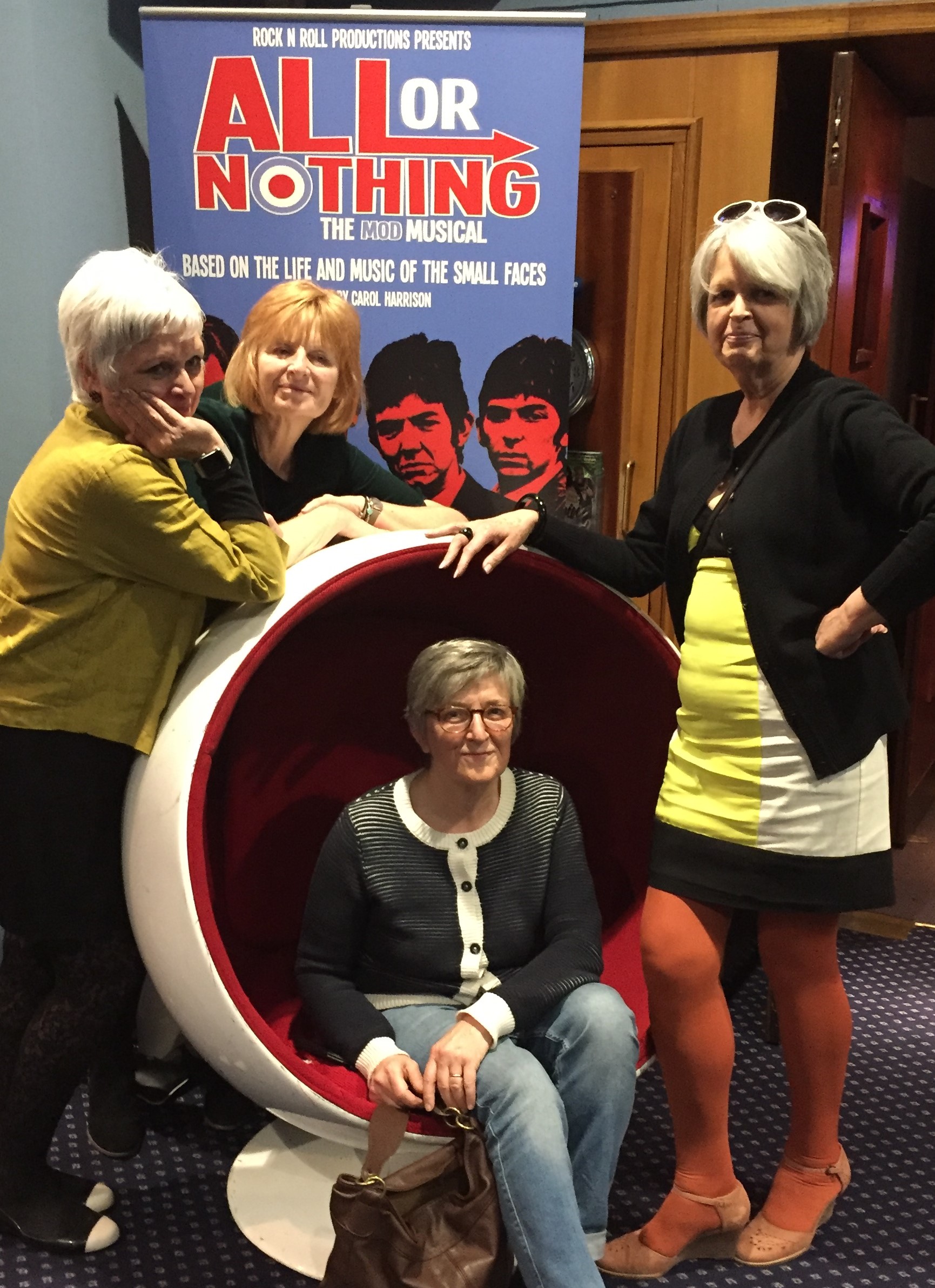
The other claim to fame of Gill, Amanda and Chris is that they wrote, directed and appeared in Cinderella, the school pantomime, in 1965 [See The Essex Girls, The Pantomime].
In May a wonderful package arrived in the house.
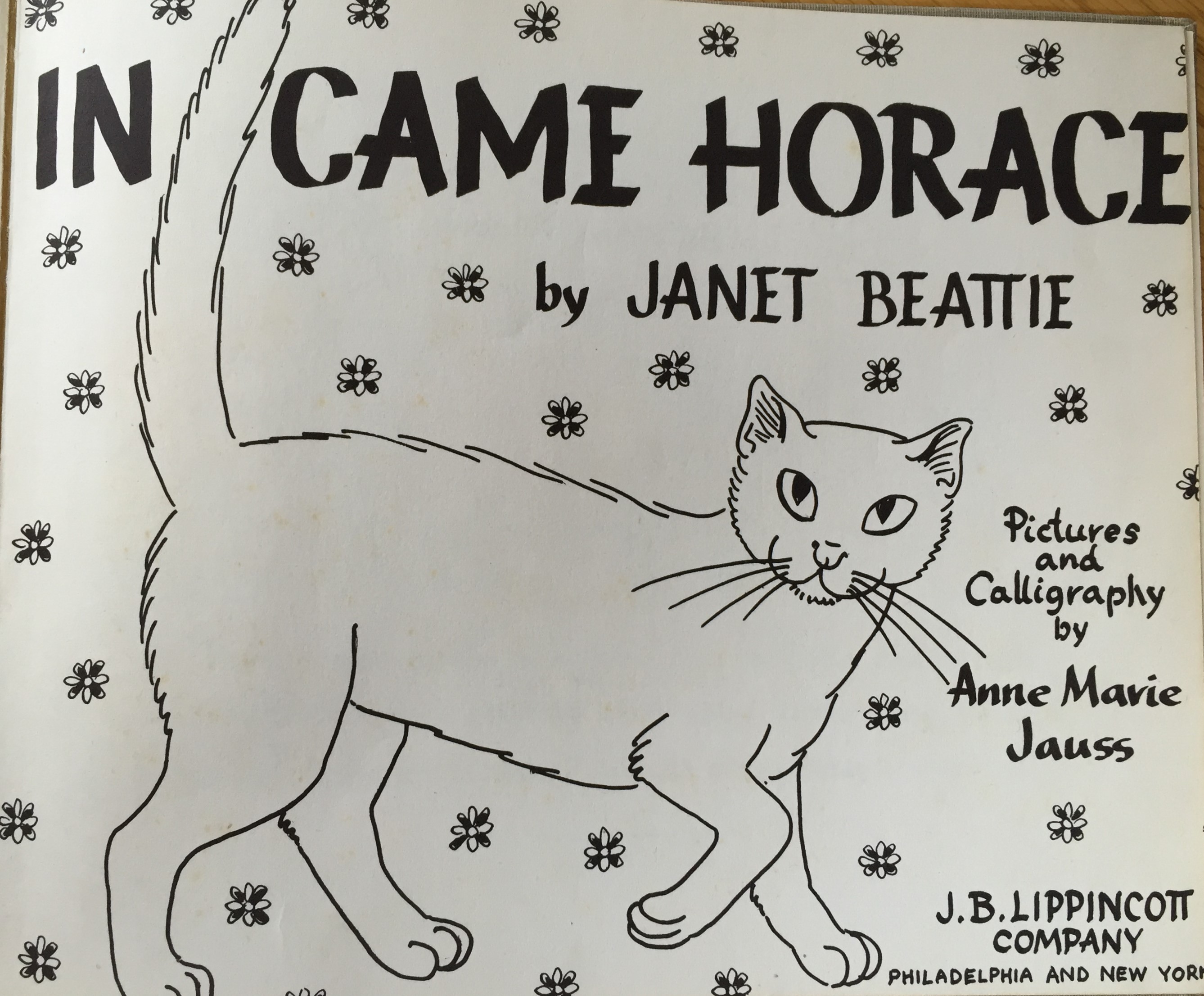
In Came Horace was my favourite book as a child – my Auntie Sheila gave it to me, because at the time we had a cat called Horace. The Horace in the story was brave and saw off any dogs that thought they could protect Horace’s little old lady owner. I lost the book years ago then recently found it online. What a treat.
 I love the Regents Park Open Air Theatre, even if we sometimes have to see a show two or three times to find out the ending, because of the rain. In May this year we went to see On the Town, starring Danny Mac, a Strictly finalist!
I love the Regents Park Open Air Theatre, even if we sometimes have to see a show two or three times to find out the ending, because of the rain. In May this year we went to see On the Town, starring Danny Mac, a Strictly finalist!
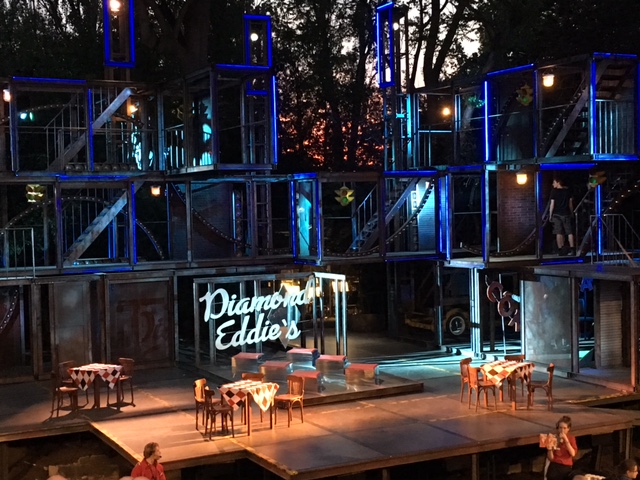
It was a great (dry) evening with a picnic beforehand – great burgers – and a good show. New York, New York, it’s a helluva town.
And there was another treat in May – a day course on the International Brigade and the Spanish Civil War (1936-39) at the Bishopsgate Institute. It’s a fascinating, inspiring story, the struggle against Franco and his fascists. The history was well told, and then we were able to touch and leaf through the books and papers that the Institute has in its archives. That was quite thrilling.
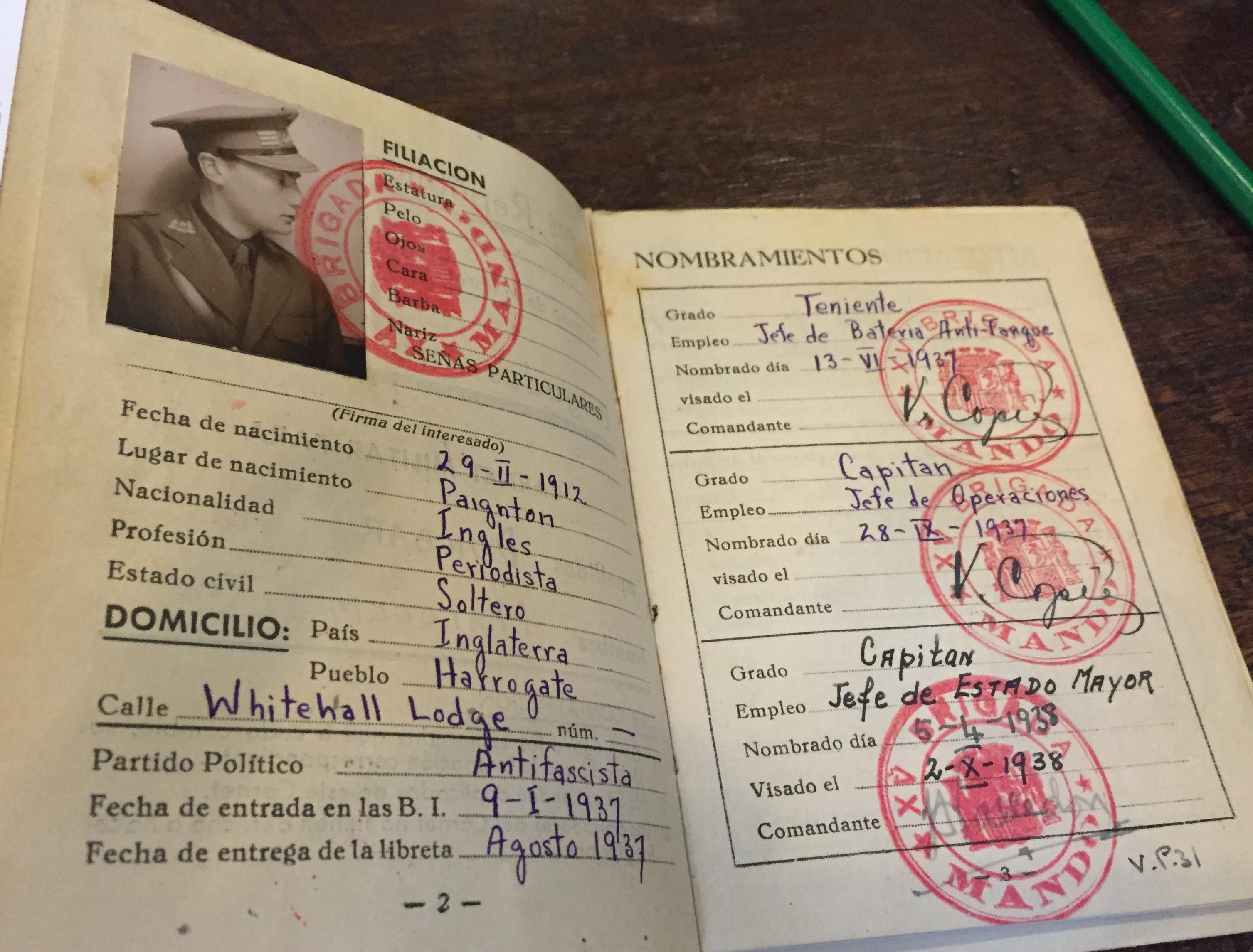

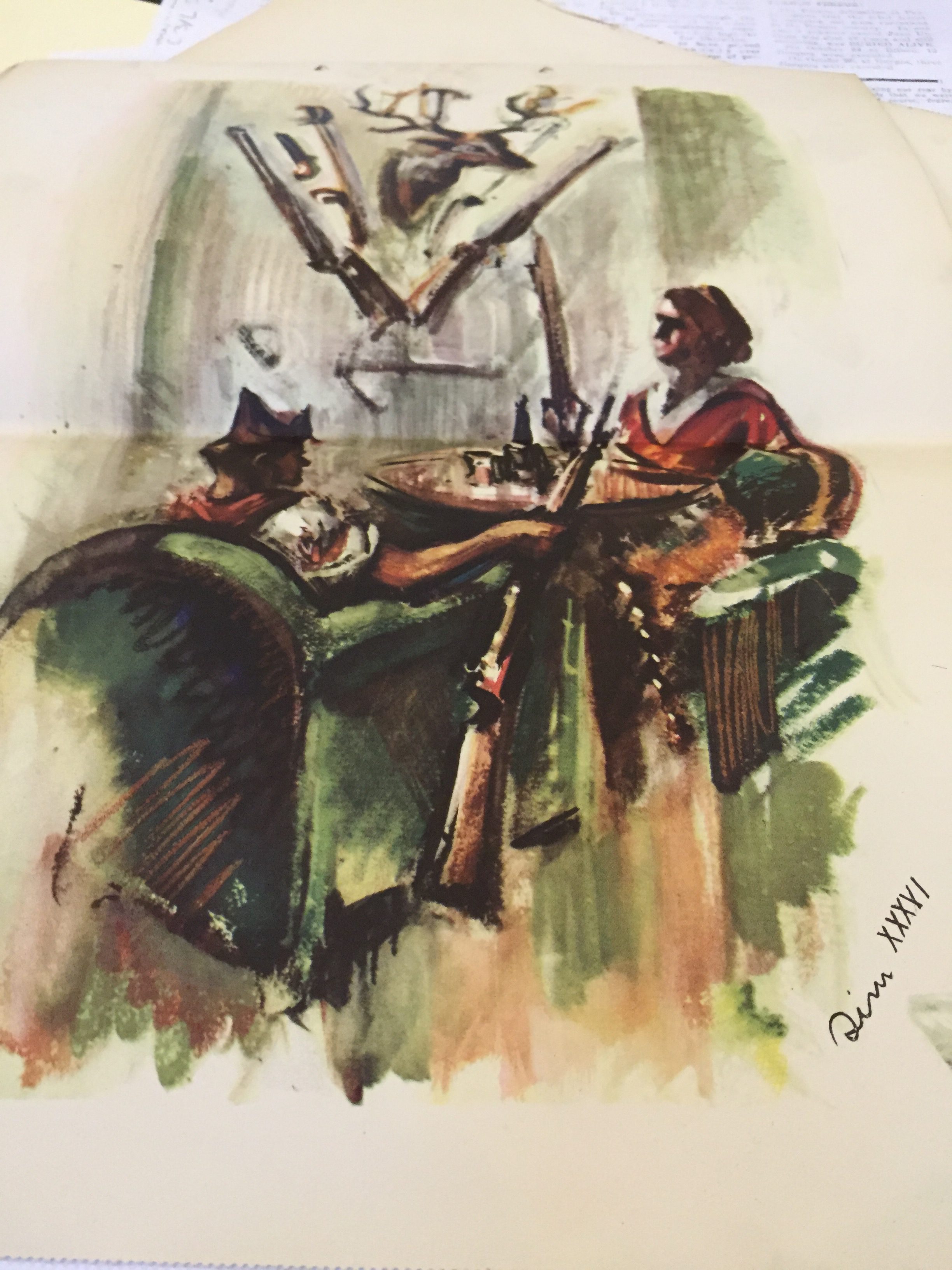 By way of light relief we went to the Barbican to see the jazz pianist, Brad Mehldau, a belated birthday present for Maureen Who Likes Frasier (WLF). I say light relief – modern jazz is a bit hard for me. I try to find a tune to follow, and then it runs away from me. The evening was enjoyed by Caroline and Maureen.
By way of light relief we went to the Barbican to see the jazz pianist, Brad Mehldau, a belated birthday present for Maureen Who Likes Frasier (WLF). I say light relief – modern jazz is a bit hard for me. I try to find a tune to follow, and then it runs away from me. The evening was enjoyed by Caroline and Maureen.
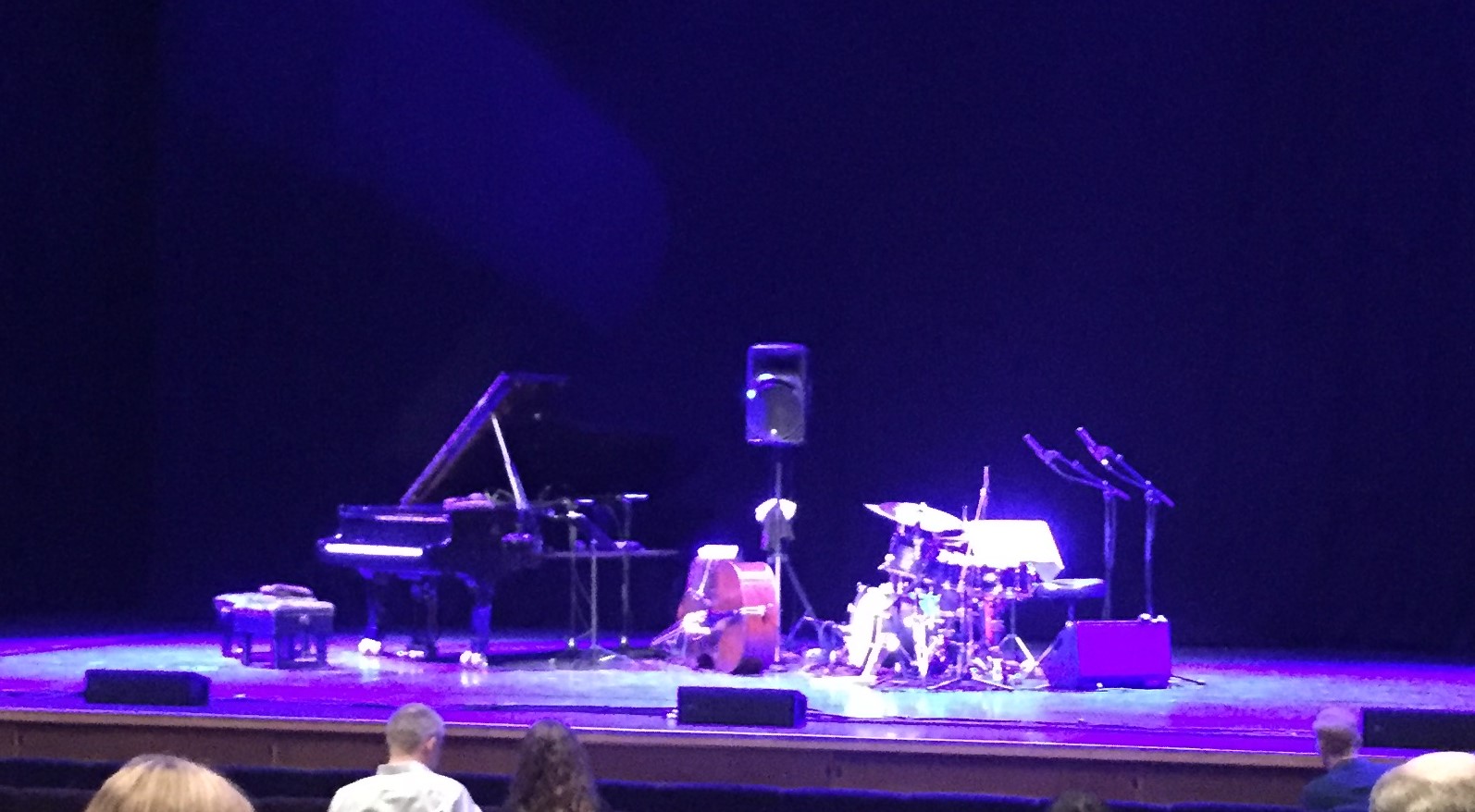 June of course was the Election. Ours is a safe Labour seat (David Lammy MP) so Caroline and I went out canvassing in Brent and secured a victory for the Labour candidate!
June of course was the Election. Ours is a safe Labour seat (David Lammy MP) so Caroline and I went out canvassing in Brent and secured a victory for the Labour candidate!

July brought more open-air culture. This time for free! There was a screening of Turandot on the sloping lawns around Alexandra Palace. We took wine, food and blankets and had a fun evening of death, betrayal and high voices. Then I shot down to Chelmsford where for the first time in my life I cut a ribbon and declared something open. It was Chelmsford’s Listening Bench – an Essex Record Office scheme, funded by the Lottery Heritage Fund, putting benches in Essex towns and villages with recordings of local people talking about their past.
Then I shot down to Chelmsford where for the first time in my life I cut a ribbon and declared something open. It was Chelmsford’s Listening Bench – an Essex Record Office scheme, funded by the Lottery Heritage Fund, putting benches in Essex towns and villages with recordings of local people talking about their past.
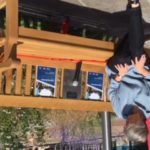
The big event in October was Rafi being born to my niece Billie, brother to Rudi.

And there was the fascinating, uplifting and heartbreaking exhibition Soul of a Nation at Tate Modern, which I’ve written about here.
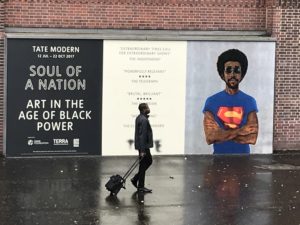 November of course marked 100 years since the Russian Revolution. There have been a couple of exhibitions, at the Royal Academy.
November of course marked 100 years since the Russian Revolution. There have been a couple of exhibitions, at the Royal Academy.
 and Tate Modern,
and Tate Modern, 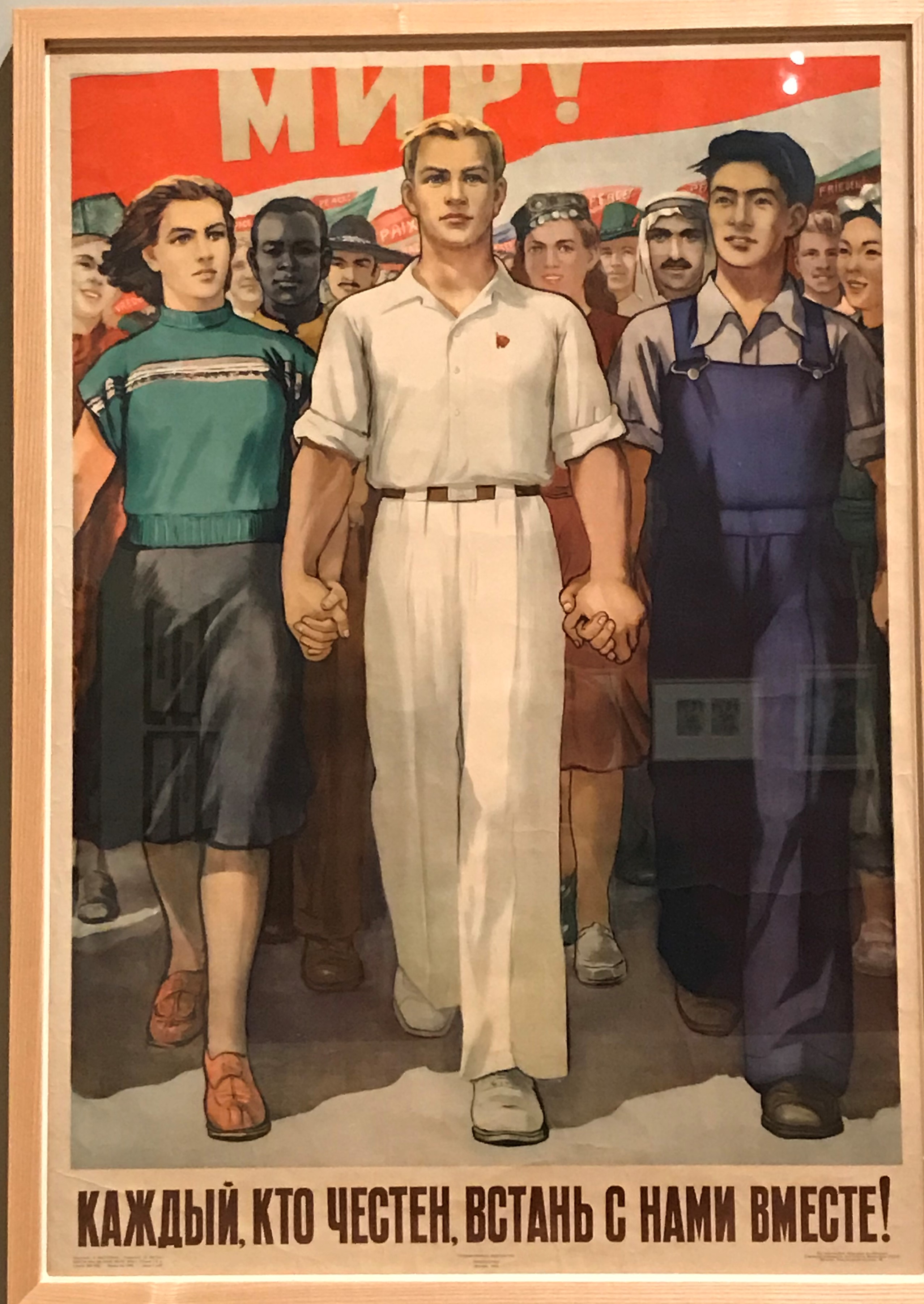
both with a rather disappointing commentary, where it seems to be forgotten exactly why there was a revolution in Russia and elsewhere. But also 30 years of my relationship with Caroline!
December – There was a knock at the door and a new(ish) neighbour from down the road was inviting us to a Christmas party. She was just going up and down the road knocking on doors inviting people to come. And we went and had mulled wine and mince pies and met people we have never seen and never spoken to! Such a good idea.
Throughout the year I’ve continued to be involved in Housing for Women – the charity that provides accommodation and support for women who have suffered domestic abuse, who have been trafficked, and who have just been released from prison, as well as older women. We still go to Paris – lovely city. We were there around the time of the election which was won by Macron.
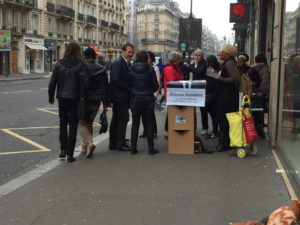
And I’ve carried on with my monthly BBC Essex radio spots, when I review the newspapers – from the Guardian and the Daily Telegraph to the East Anglian Daily Times and the Basildon Echo, at 6.15 in the morning. I try to find some uplifting stories amidst the gloom – but I also talk about the gloom and try to give a different perspective whilst avoiding slander.
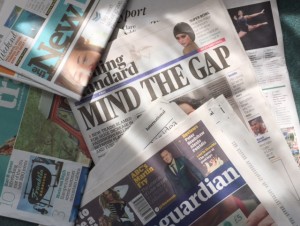
It has been an extraordinary year. Let us hope for a peaceful and sane 2018. This is a cover from the French newspaper Liberation in 2016, but it may be the best we can get.
